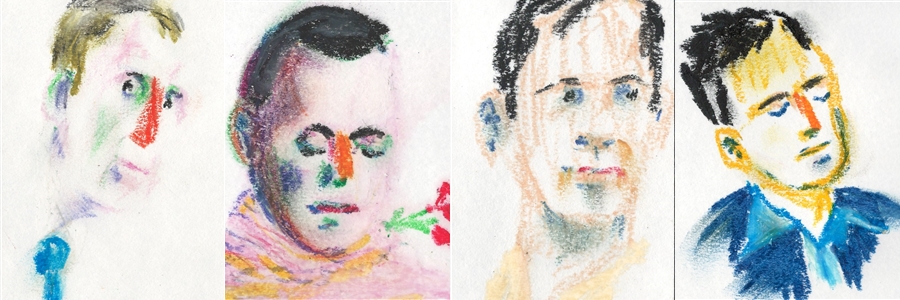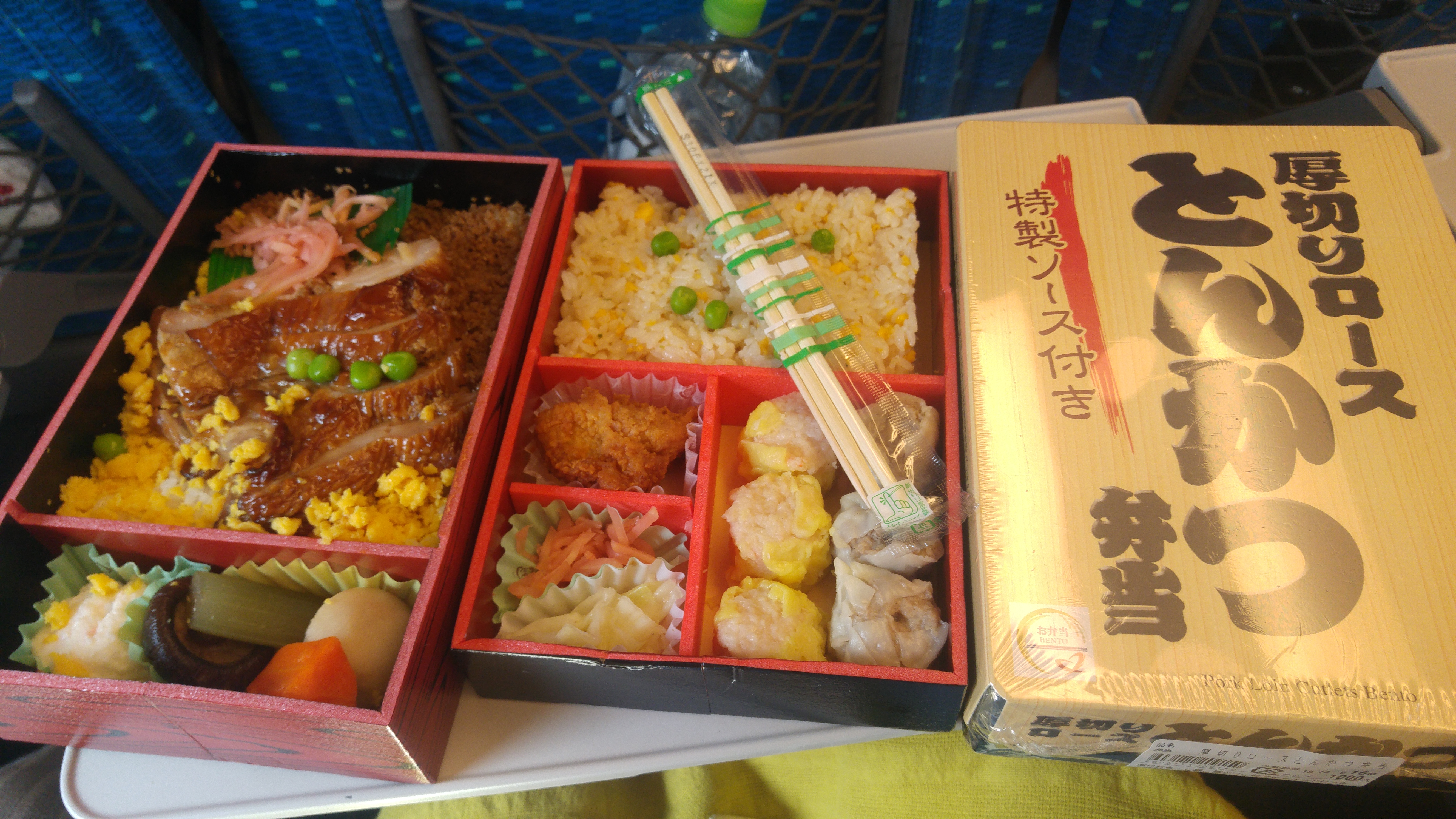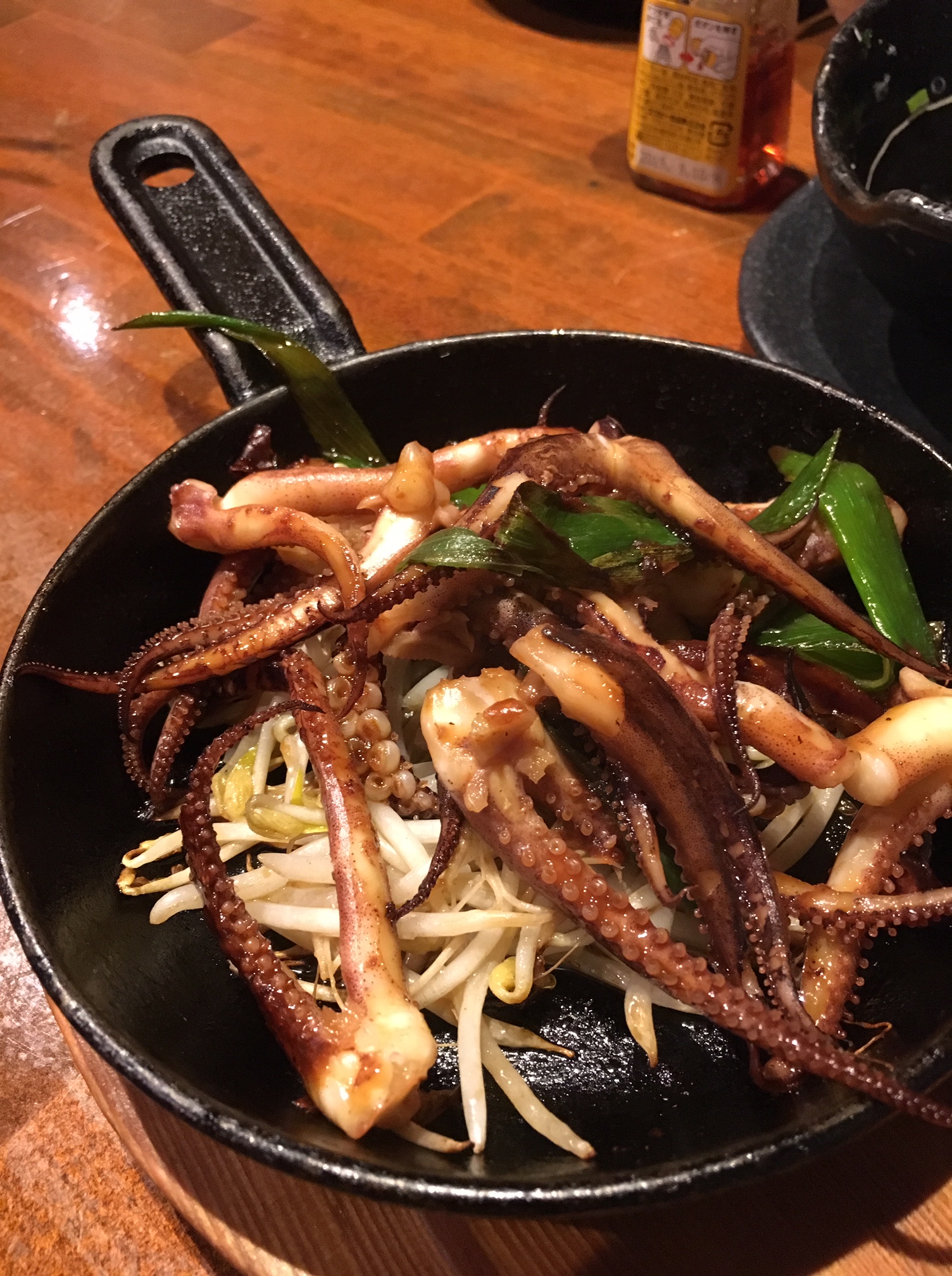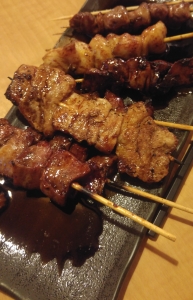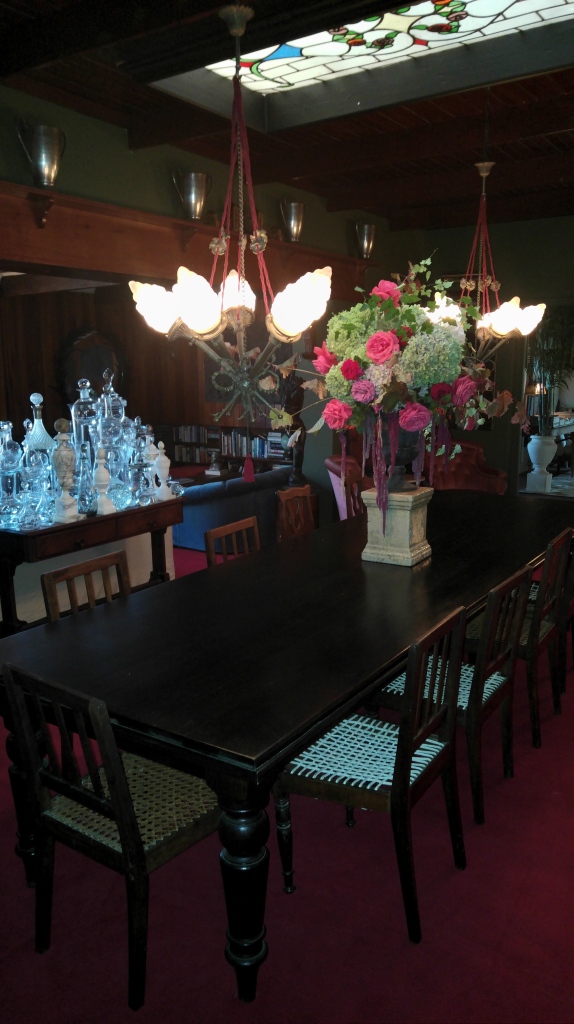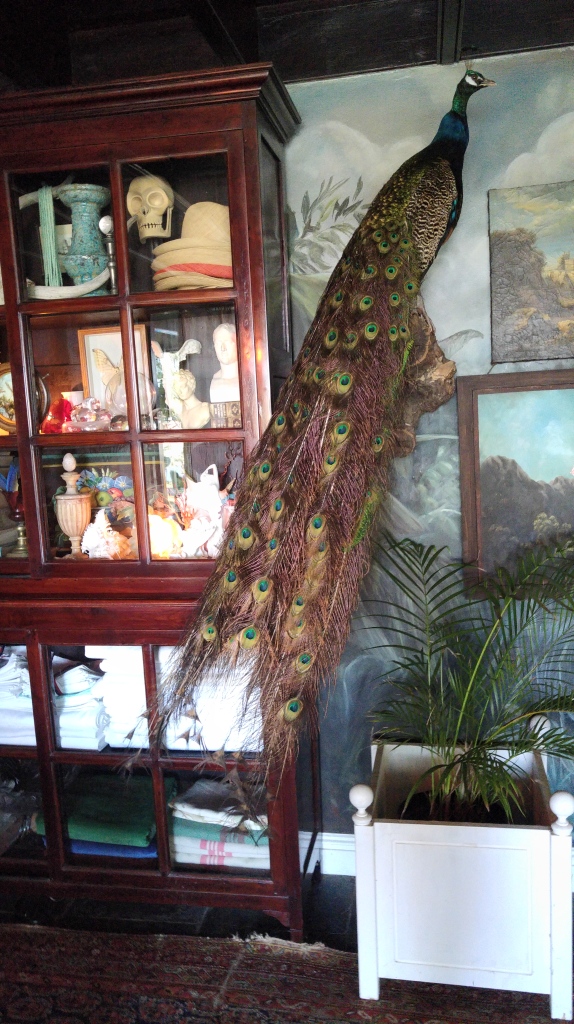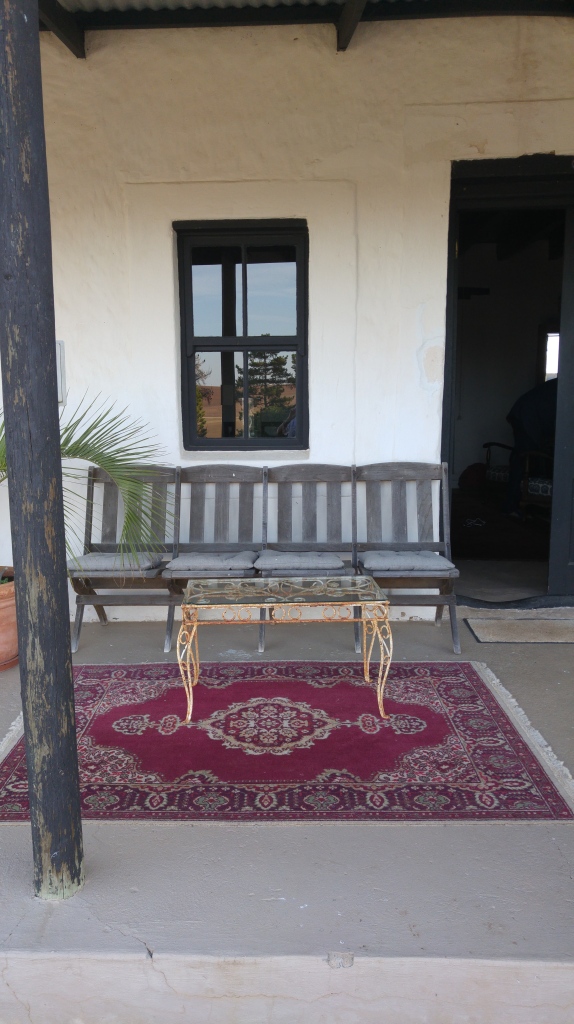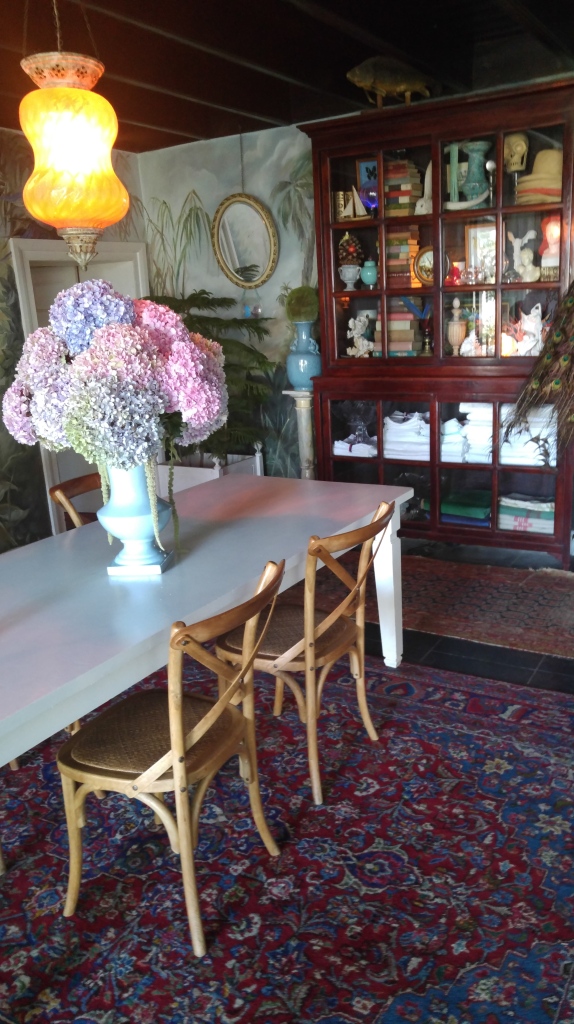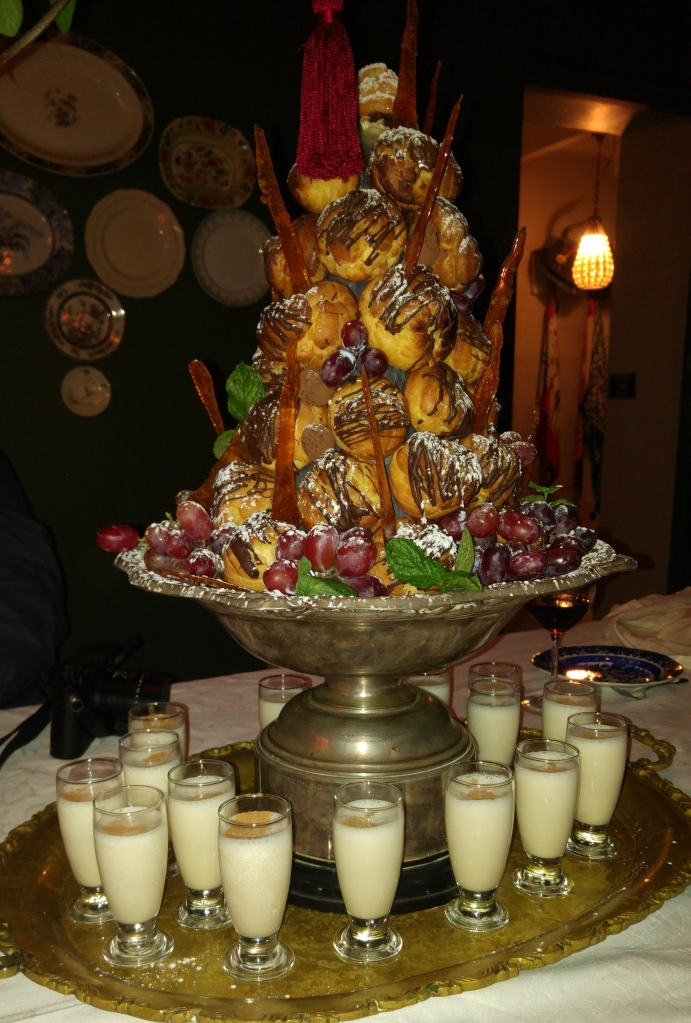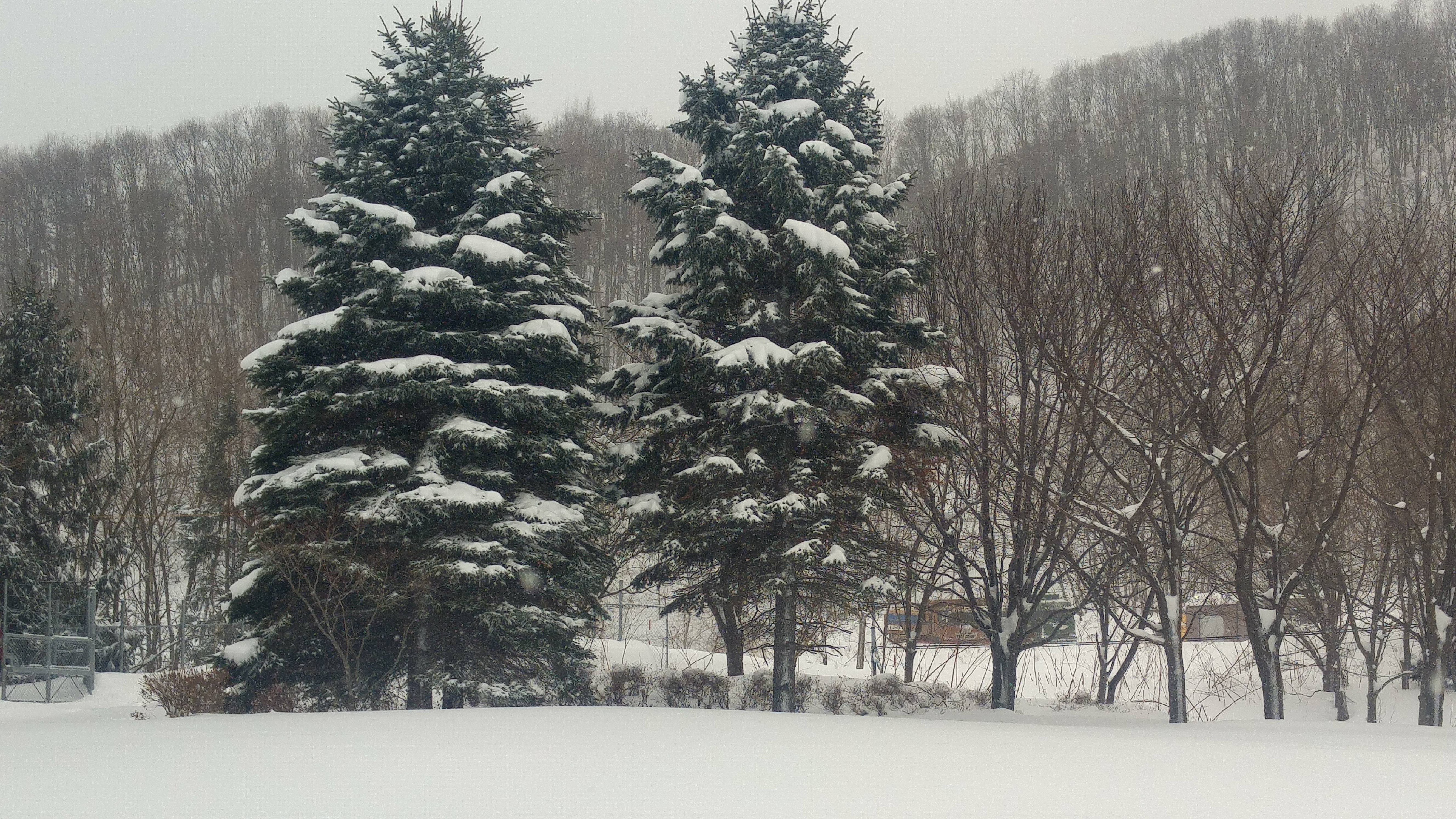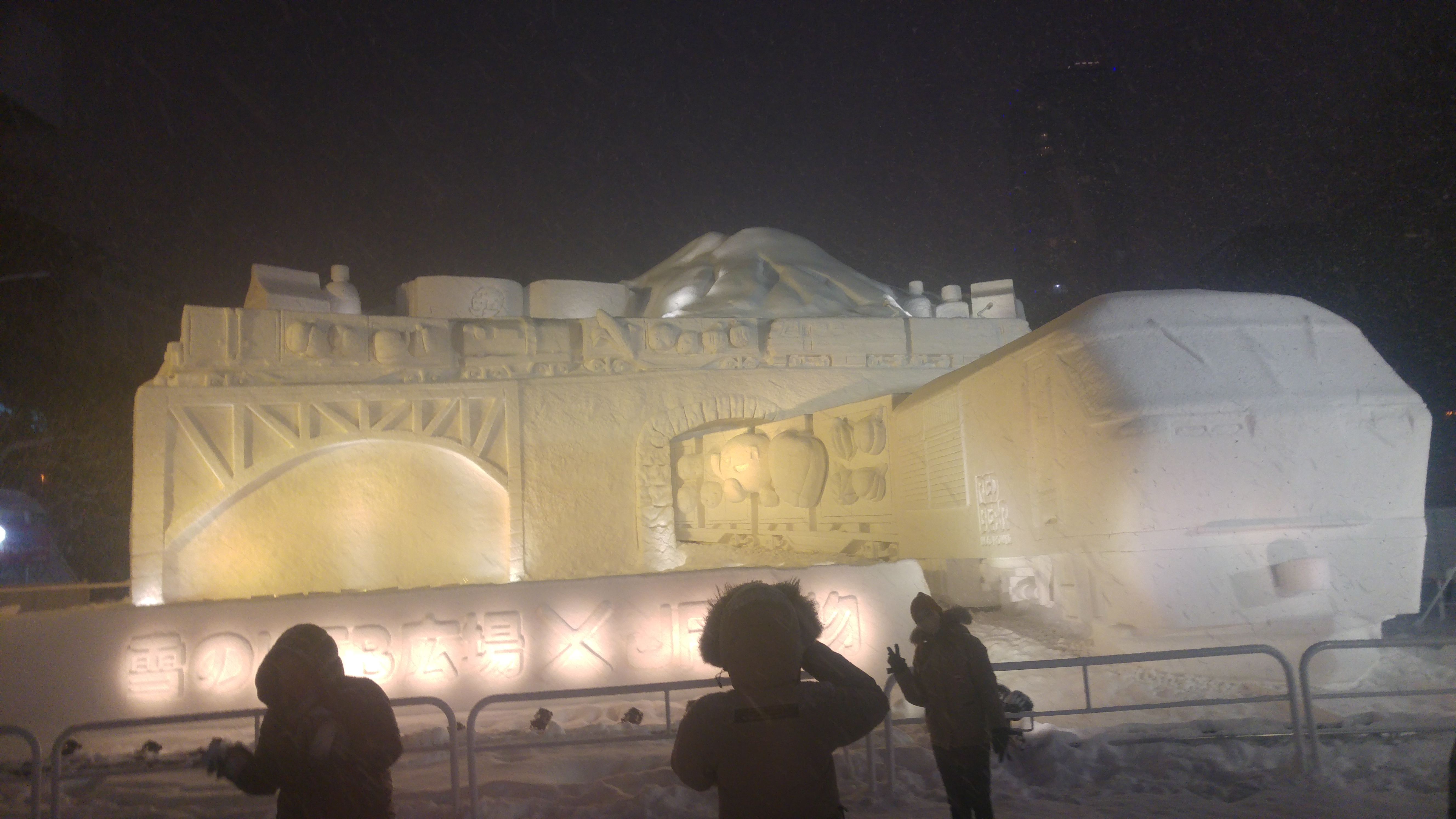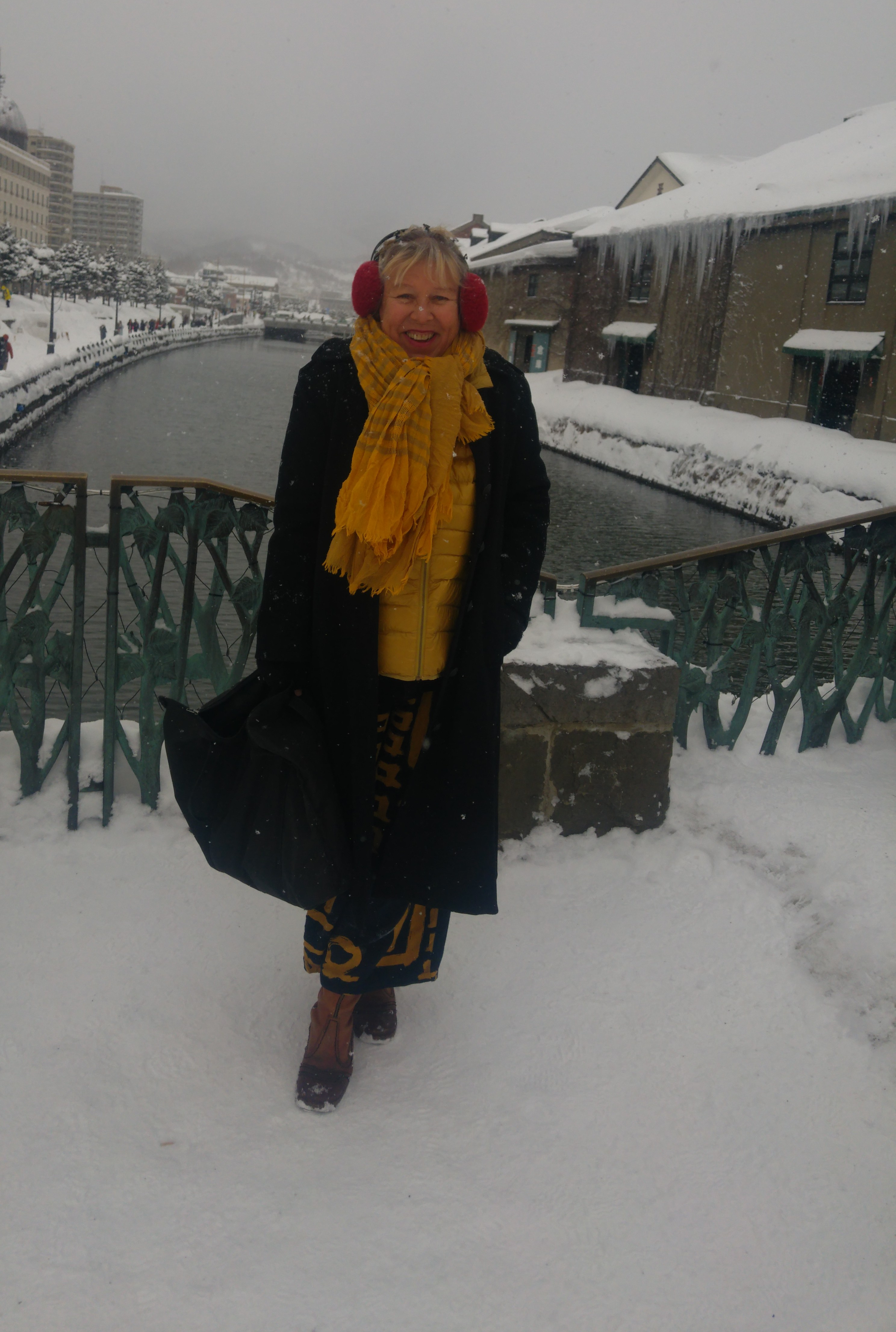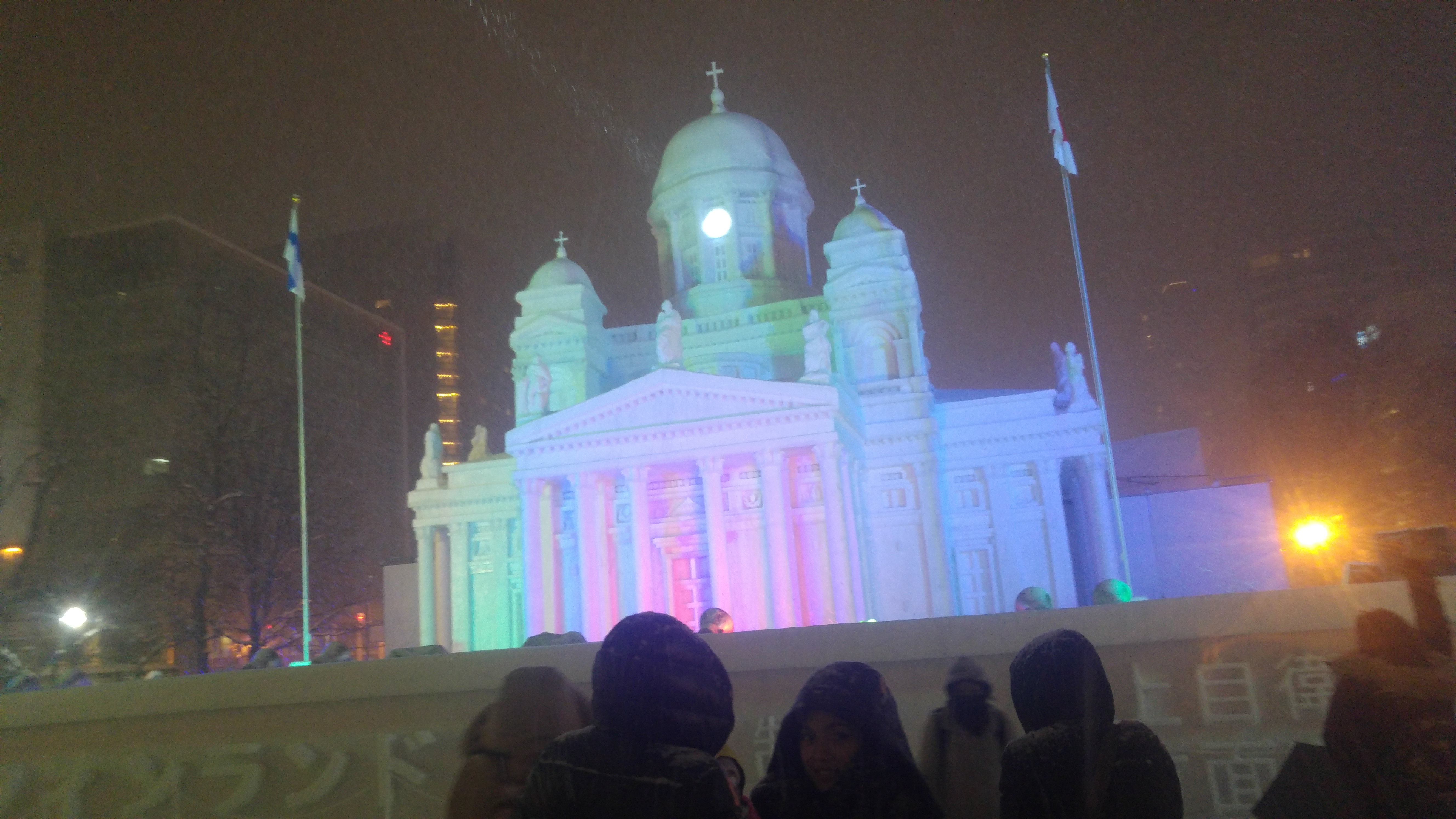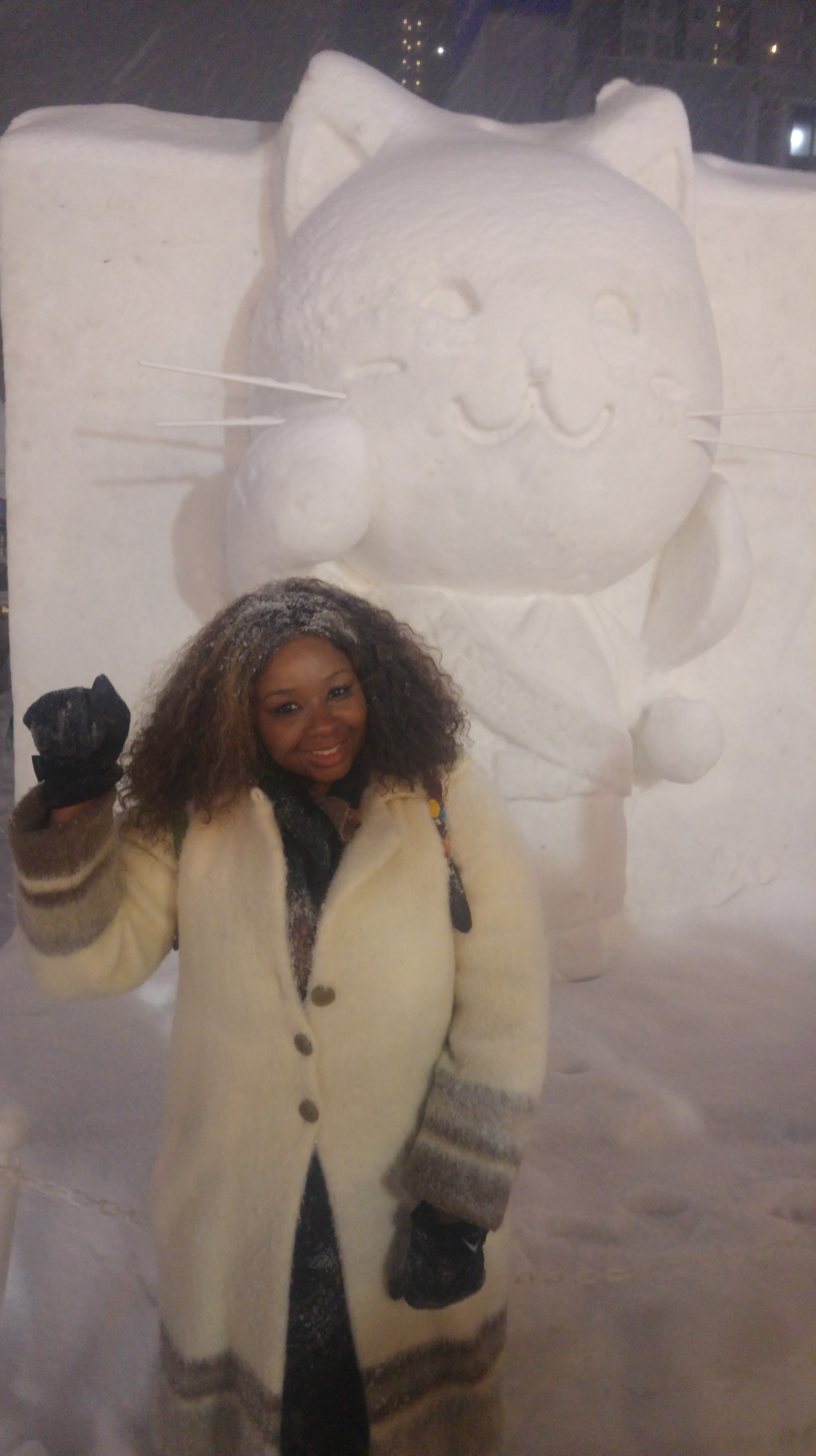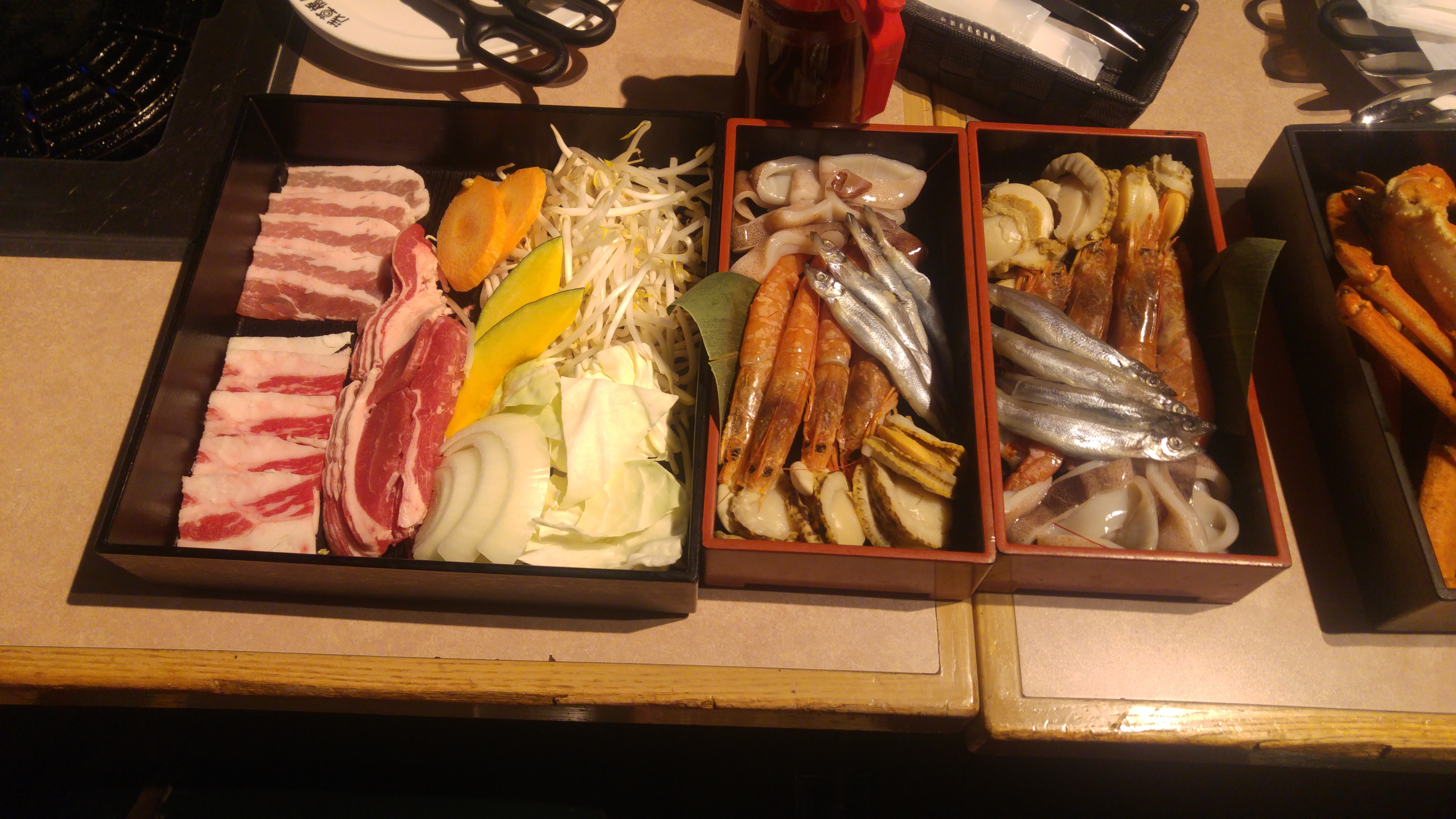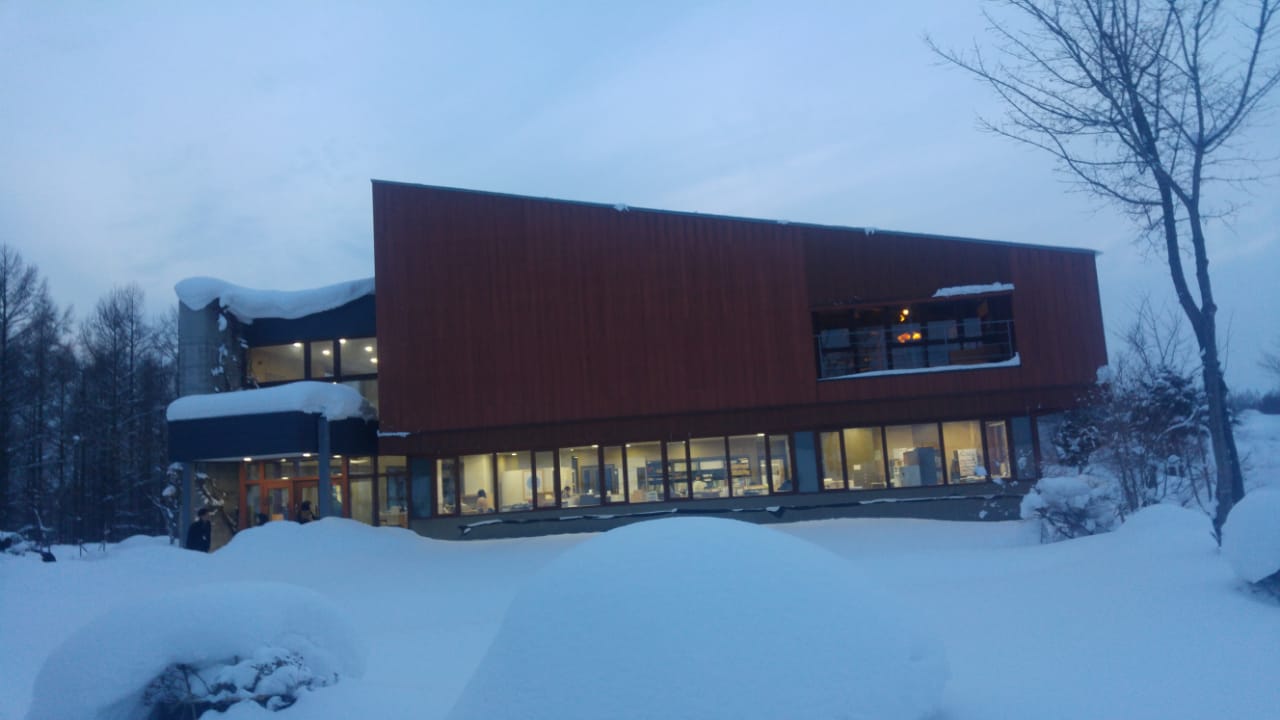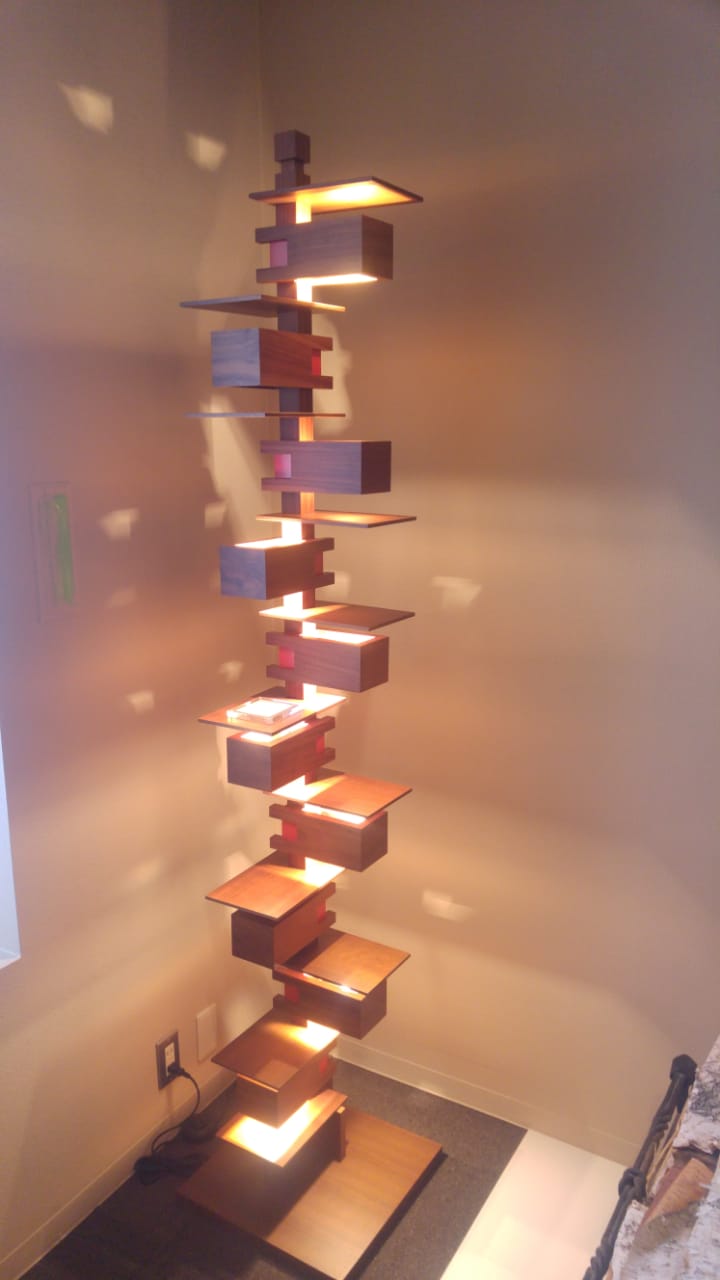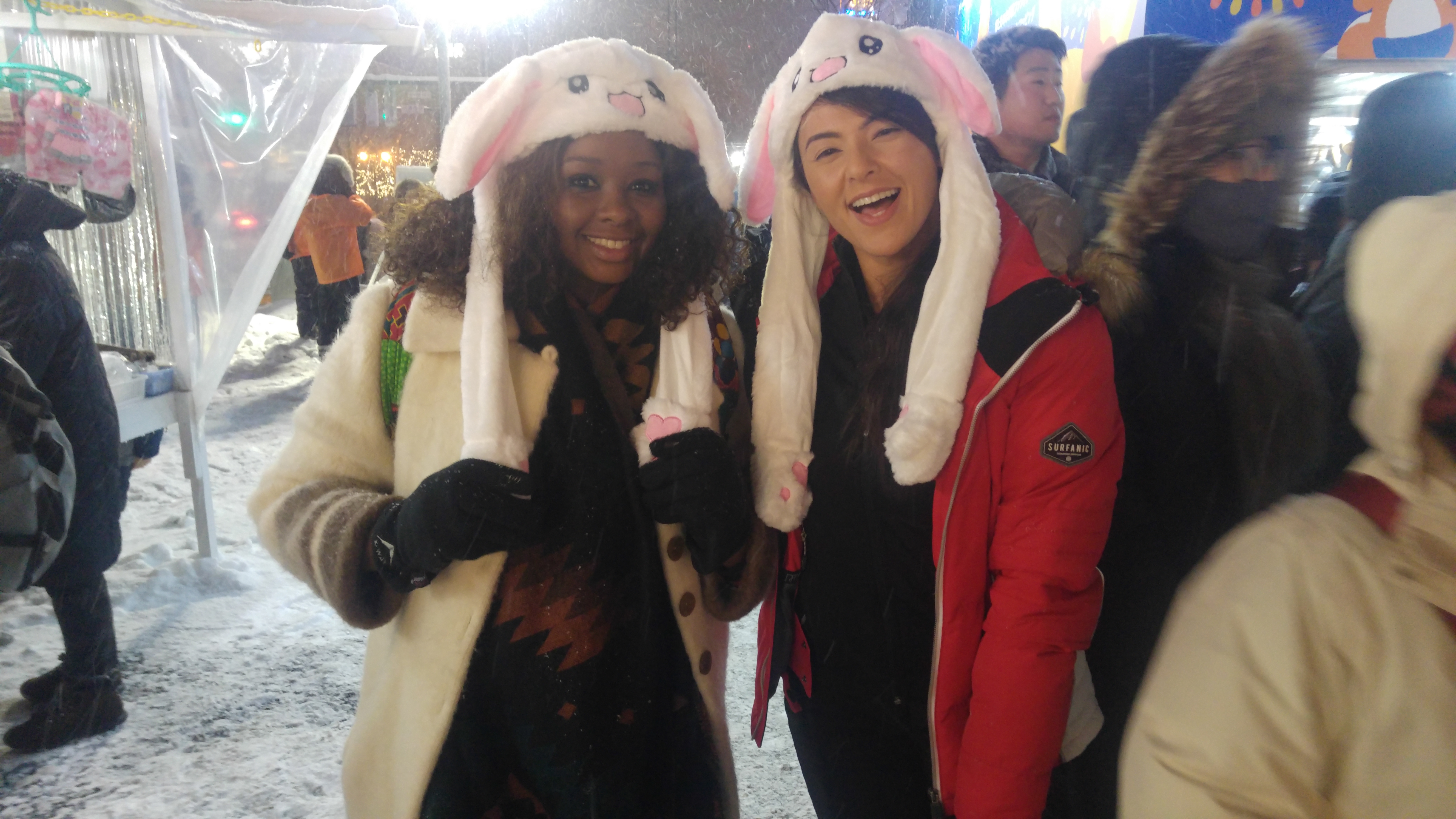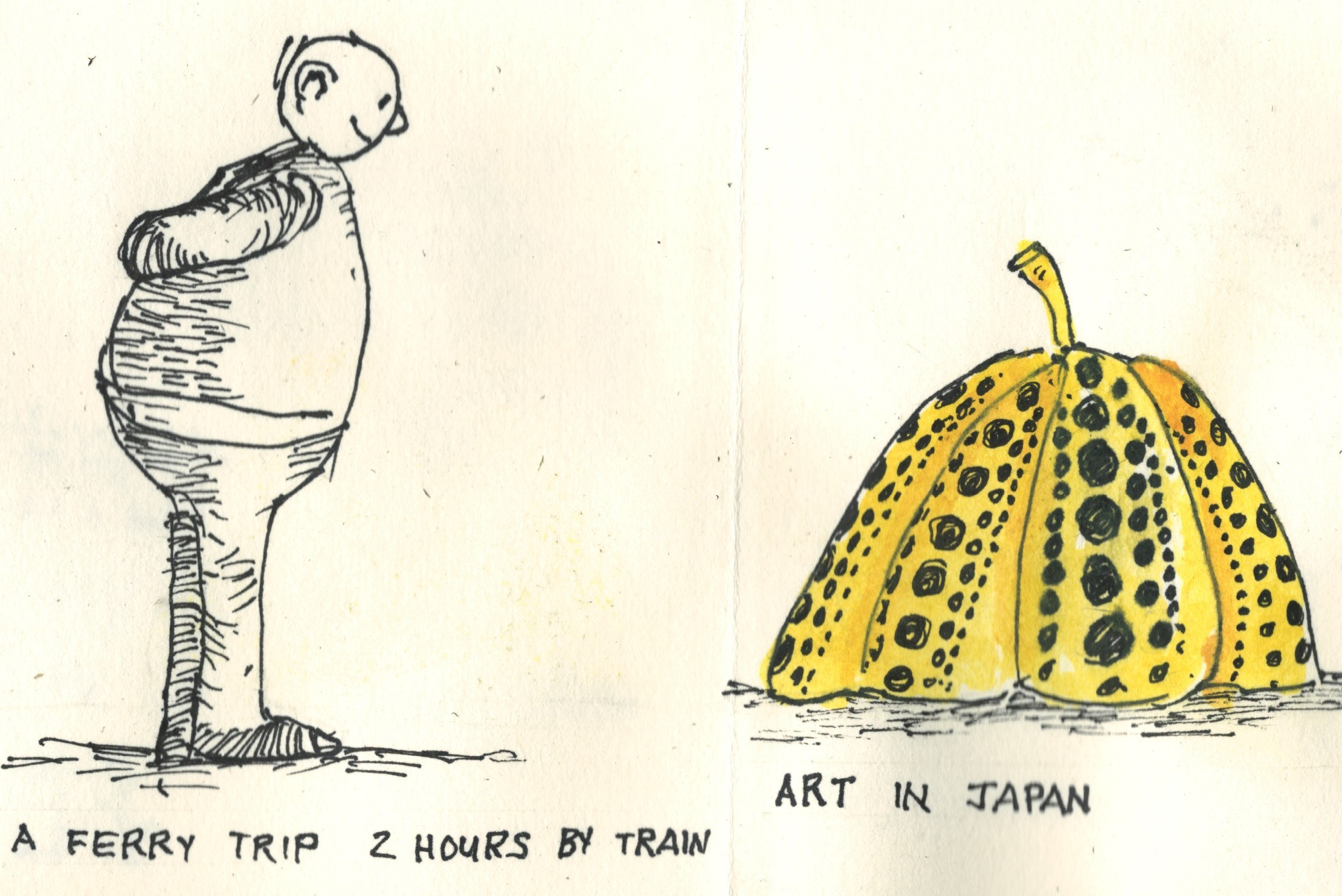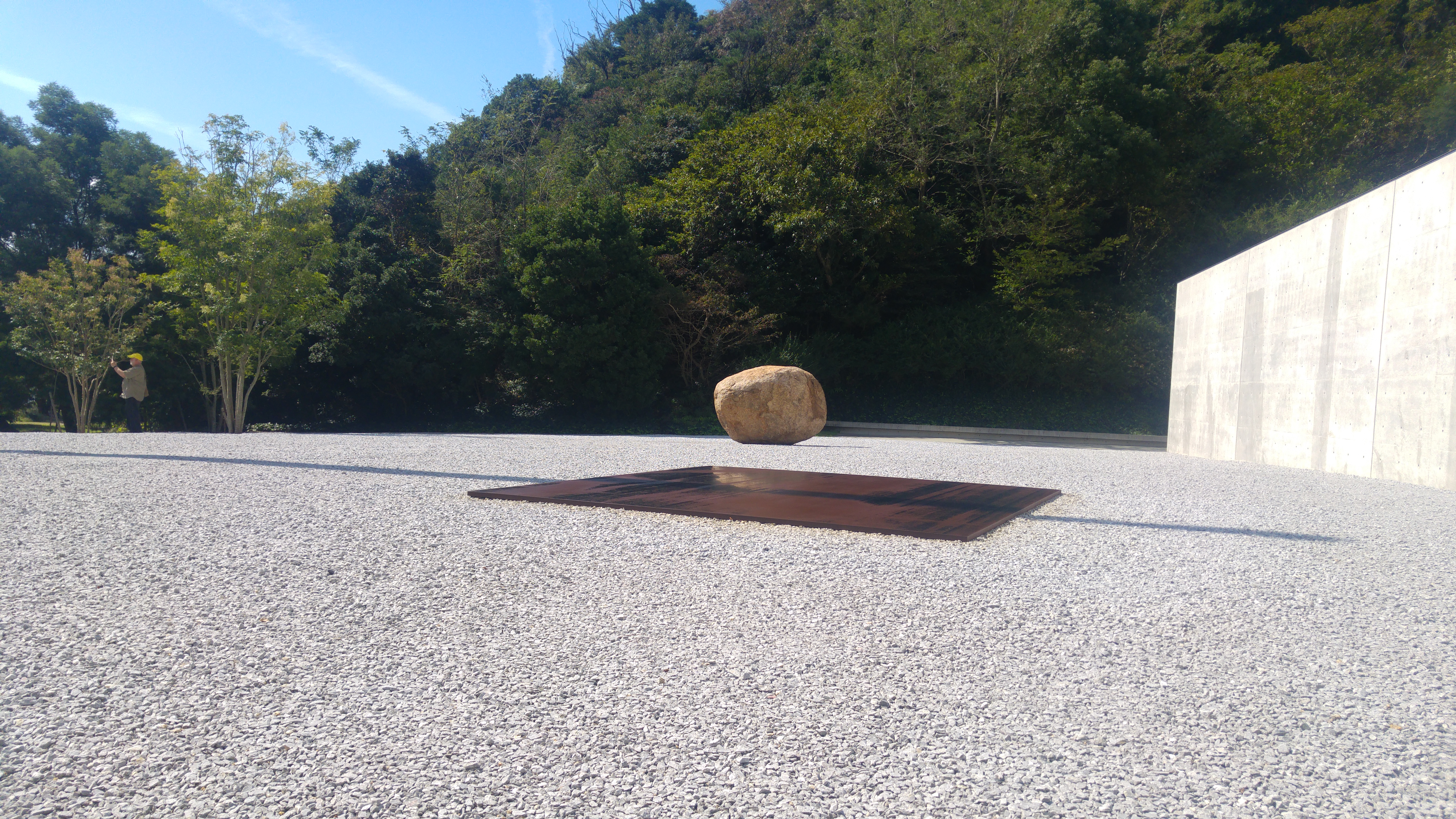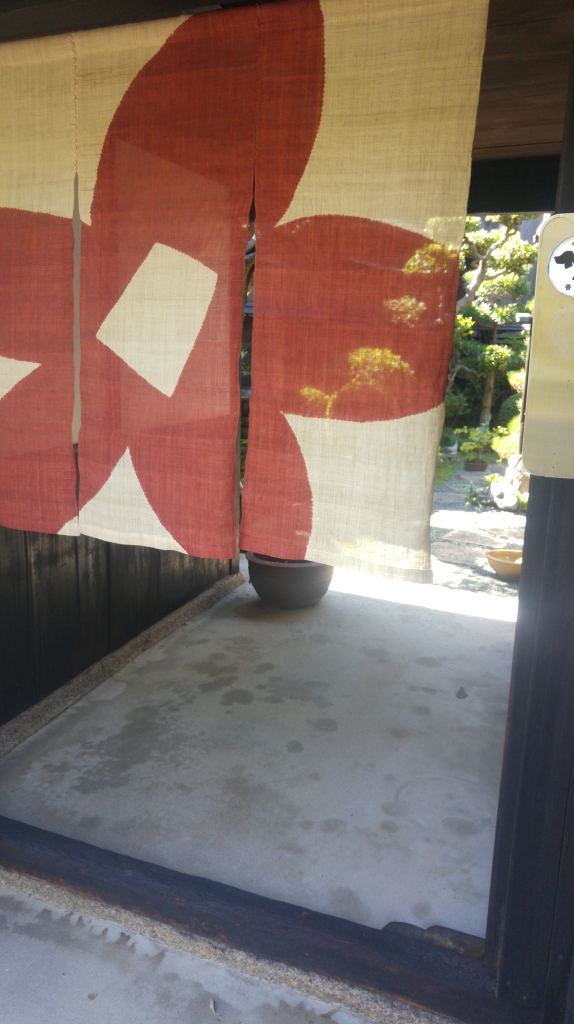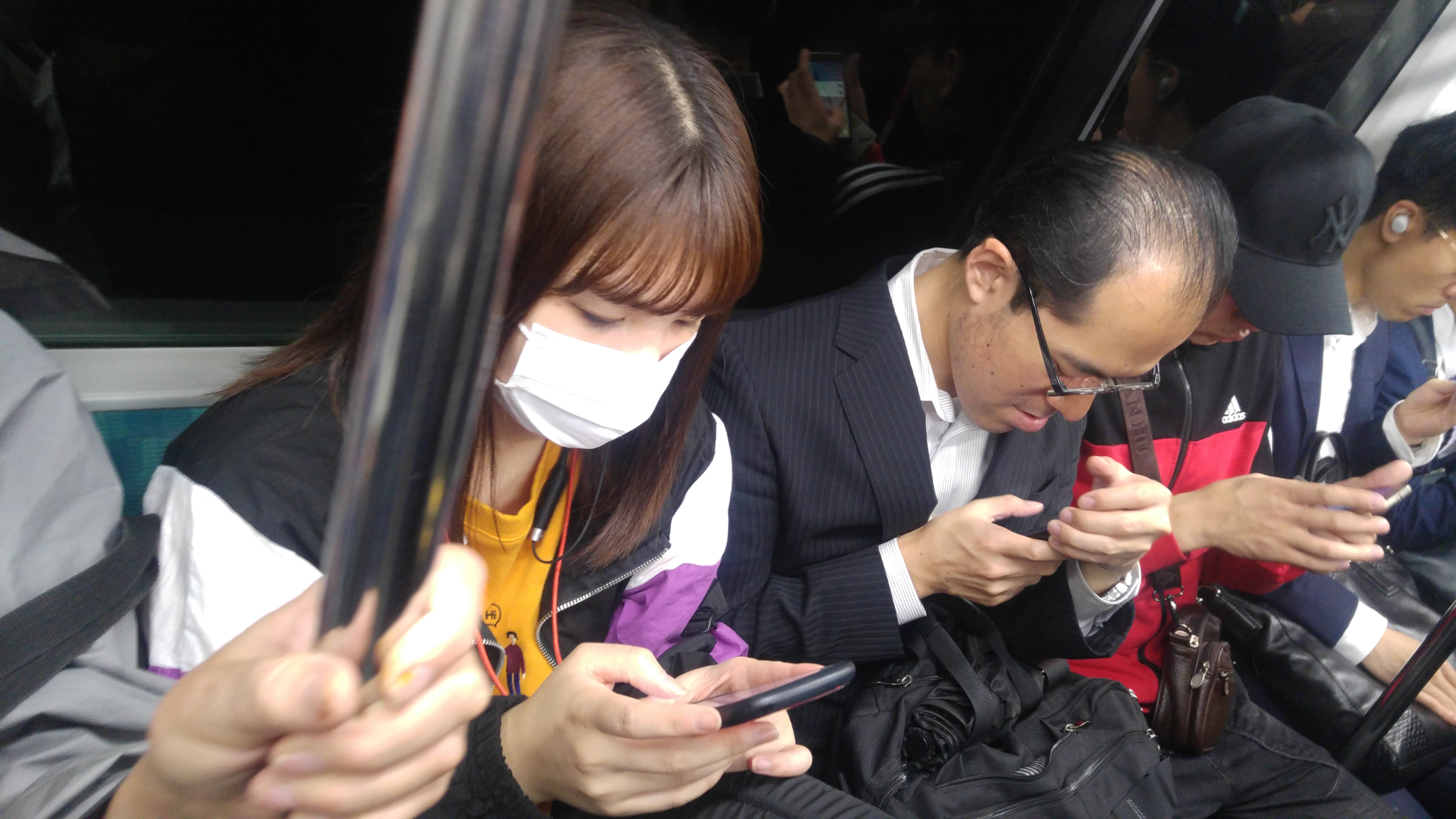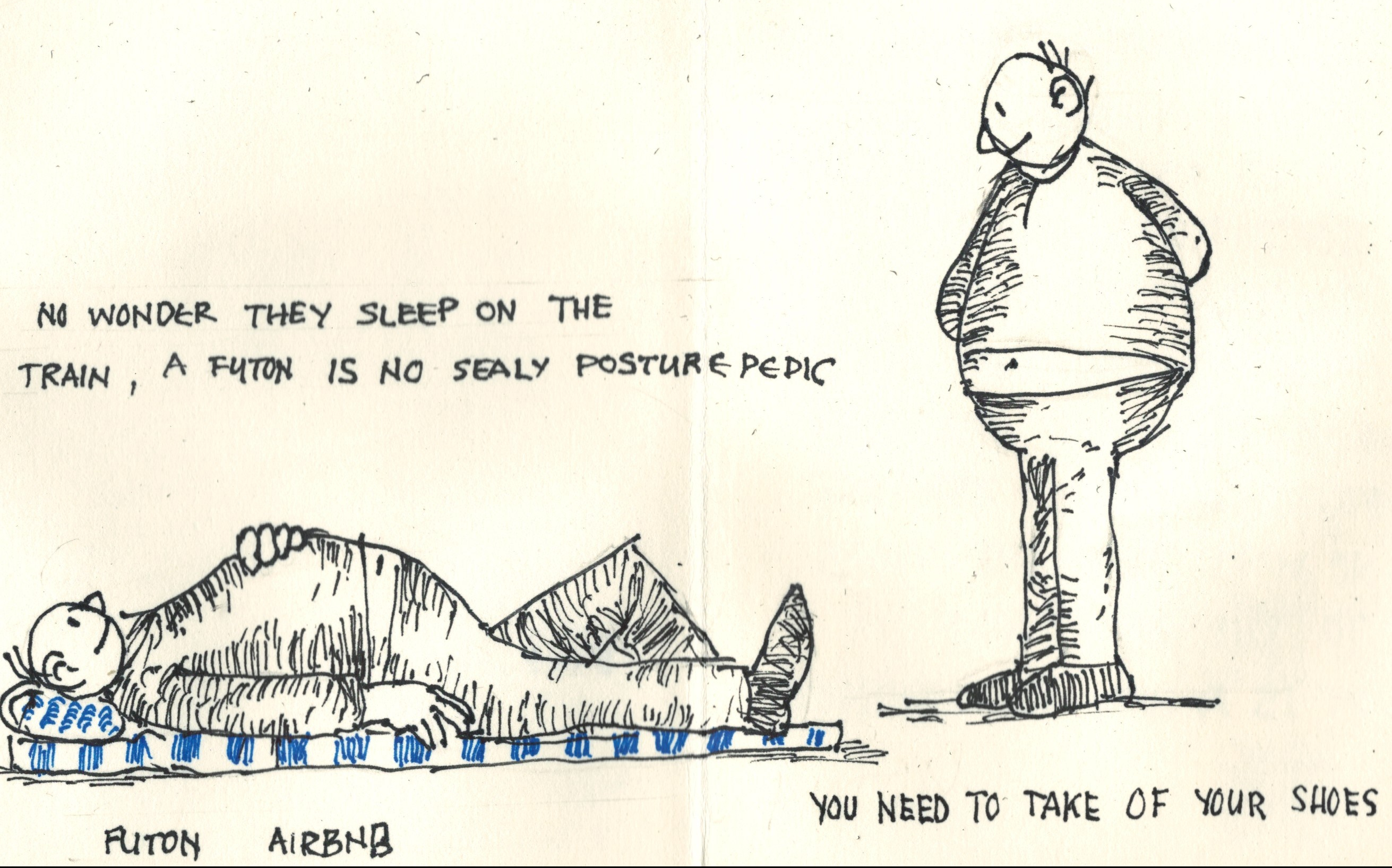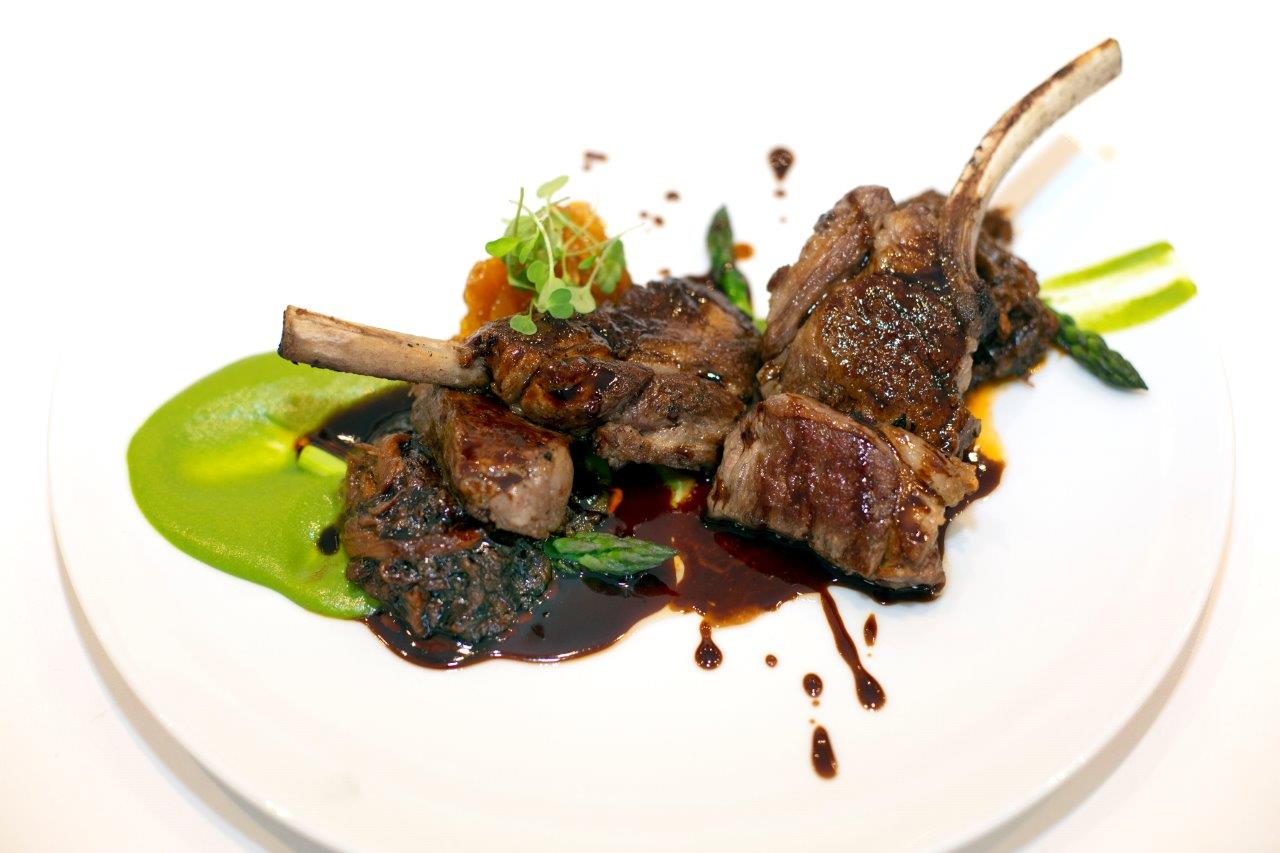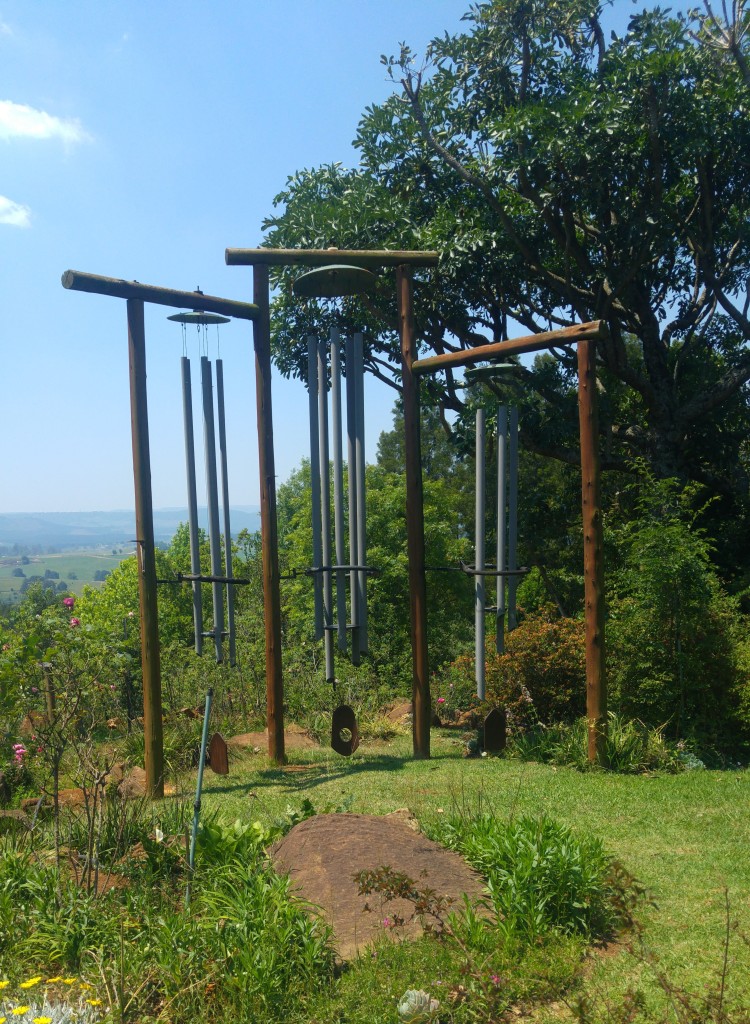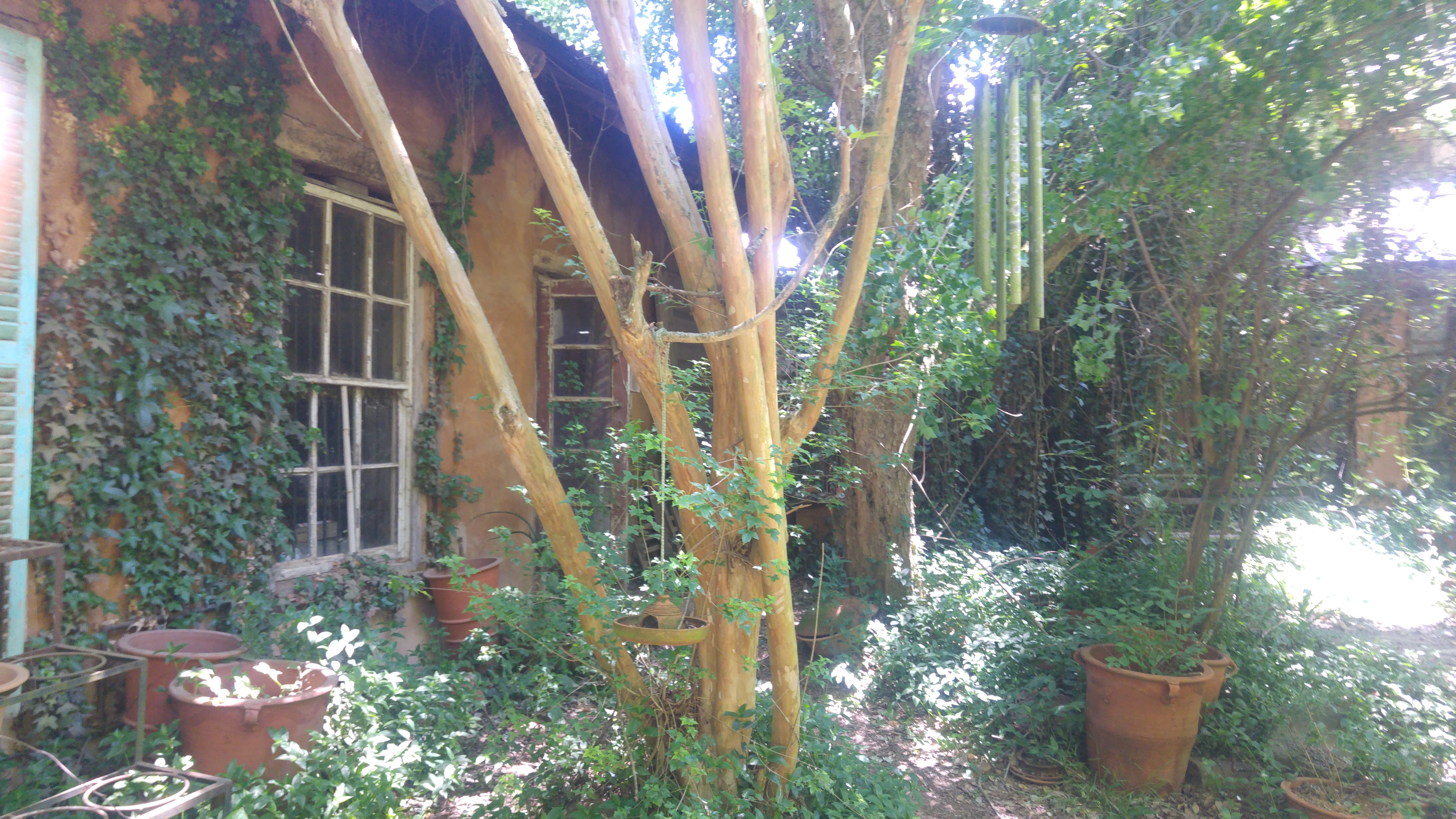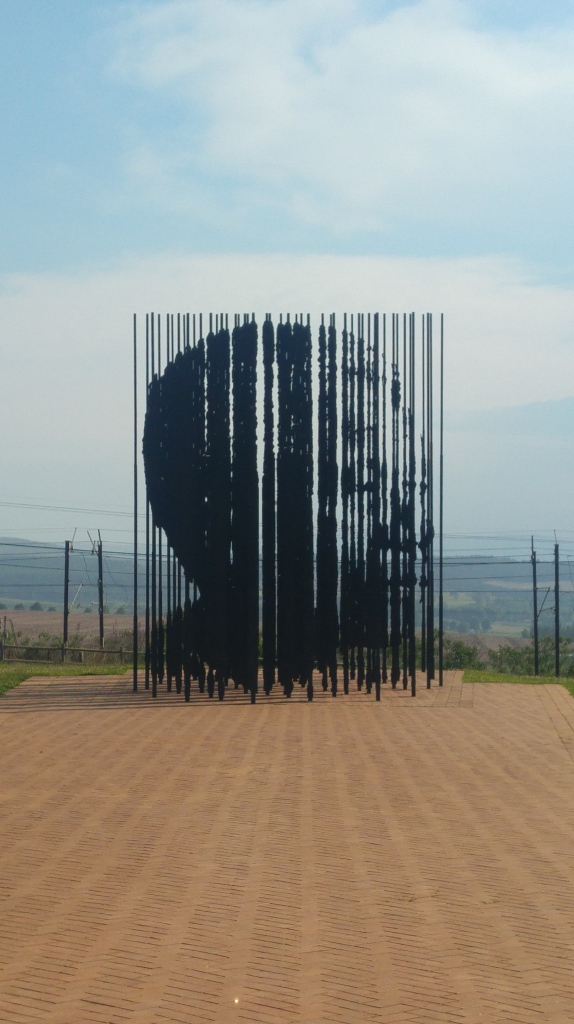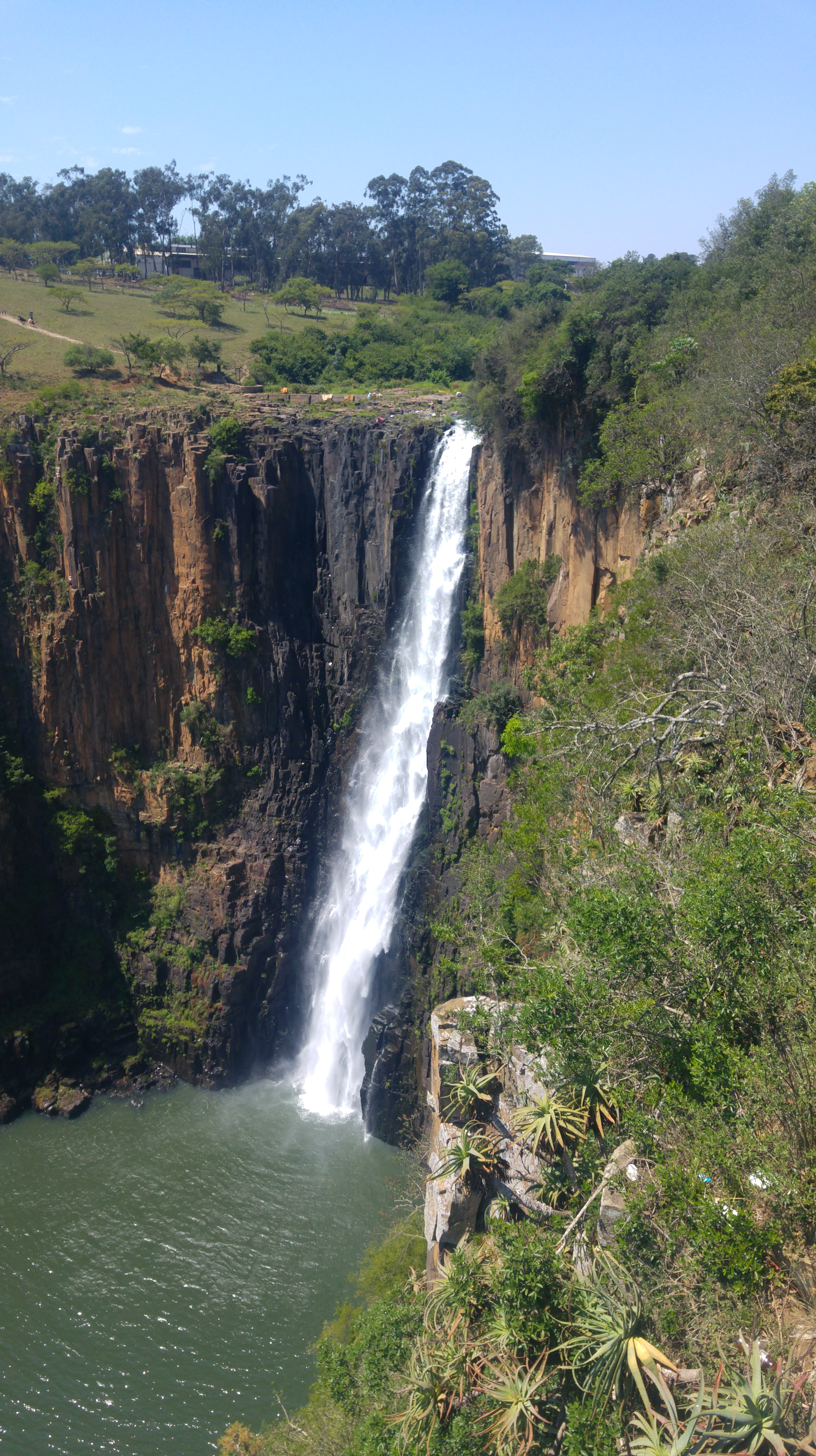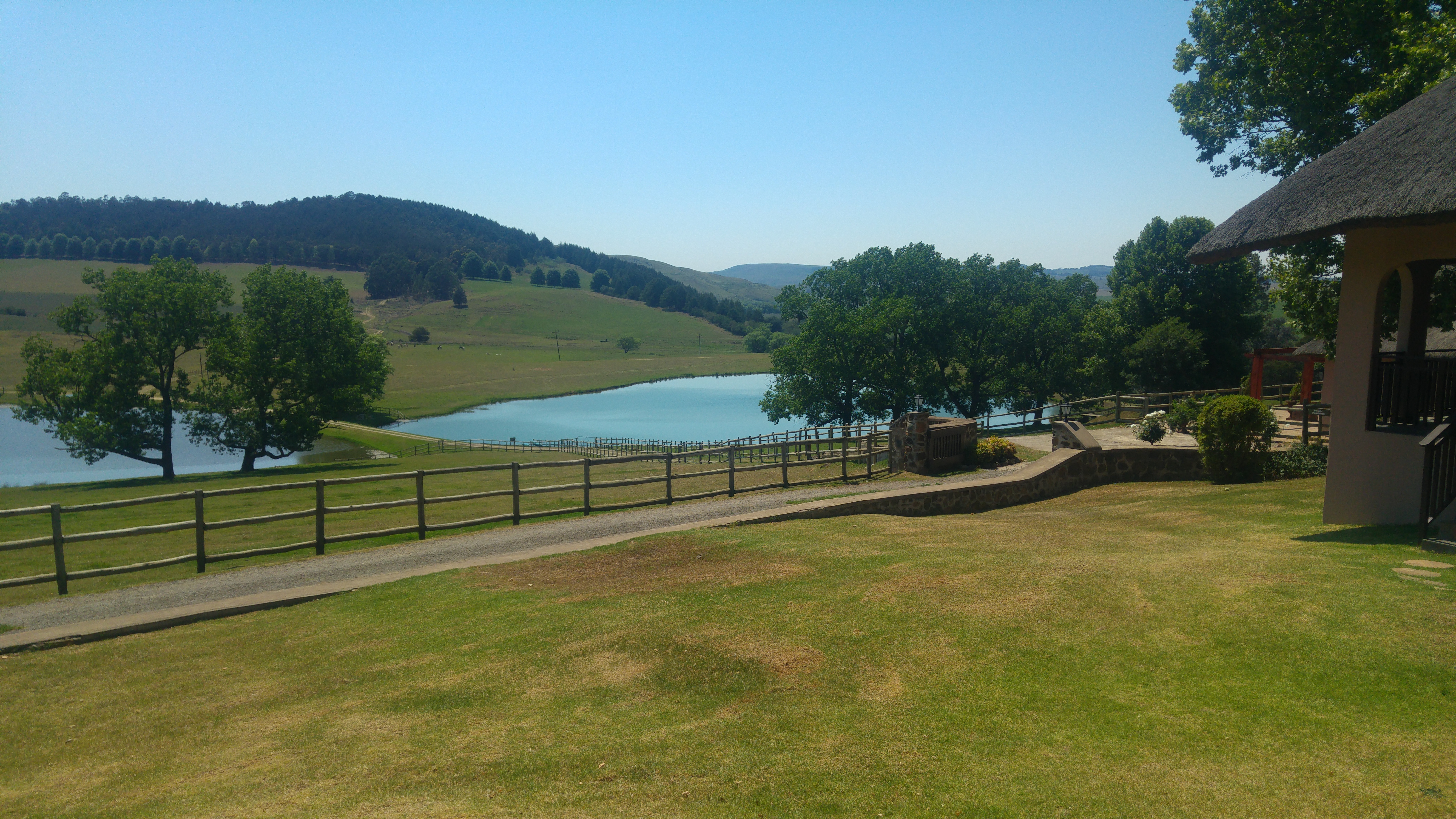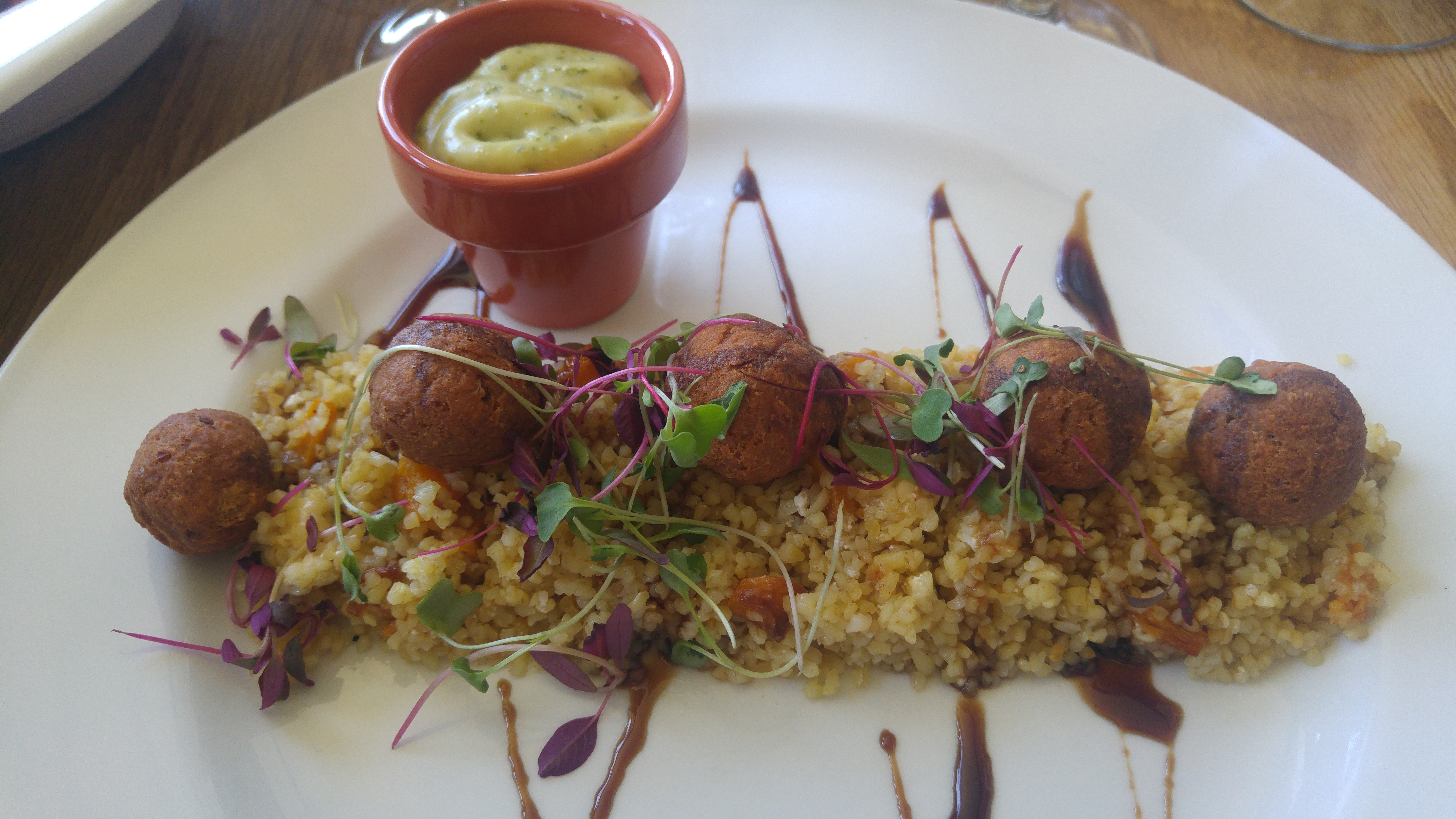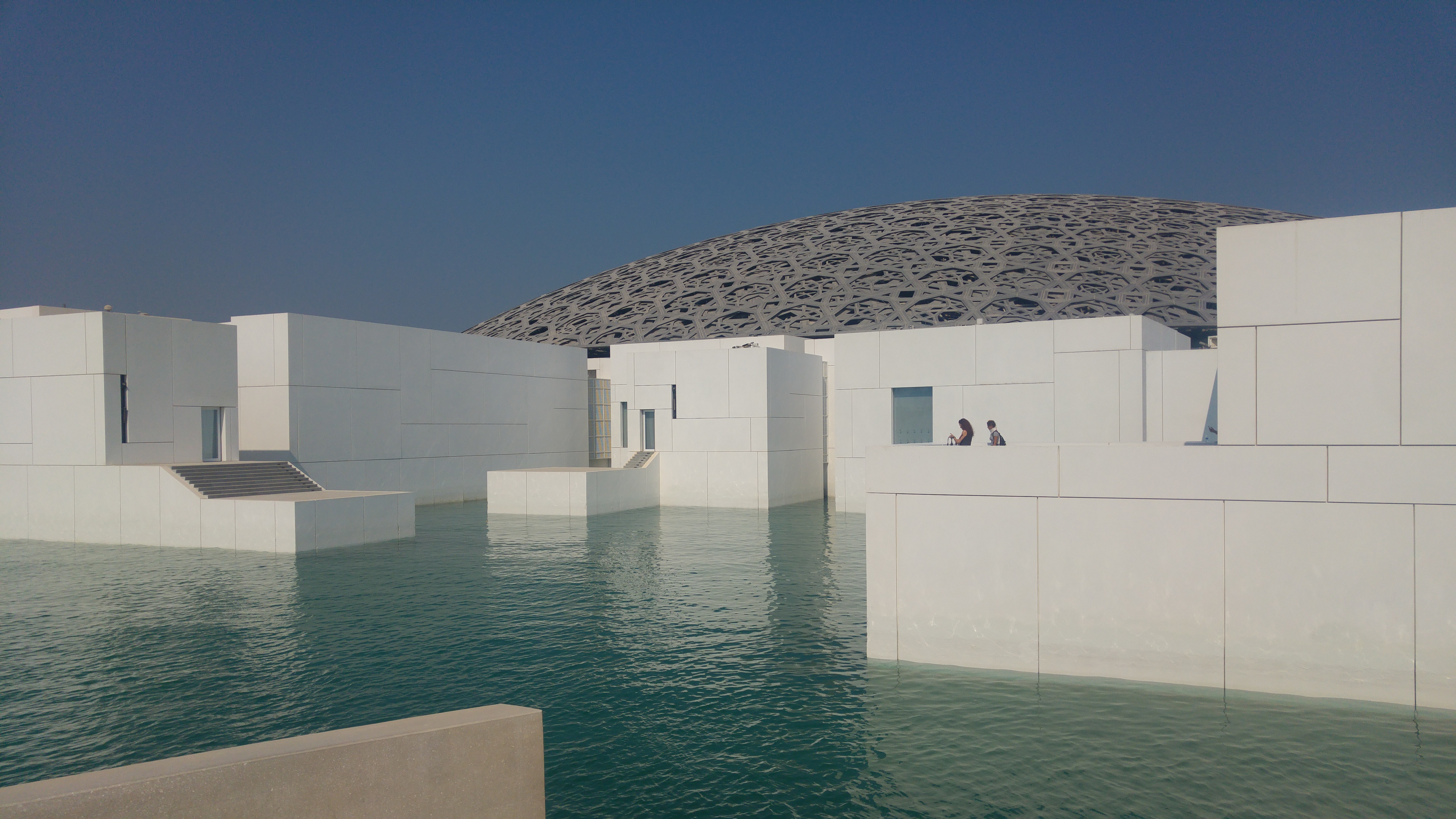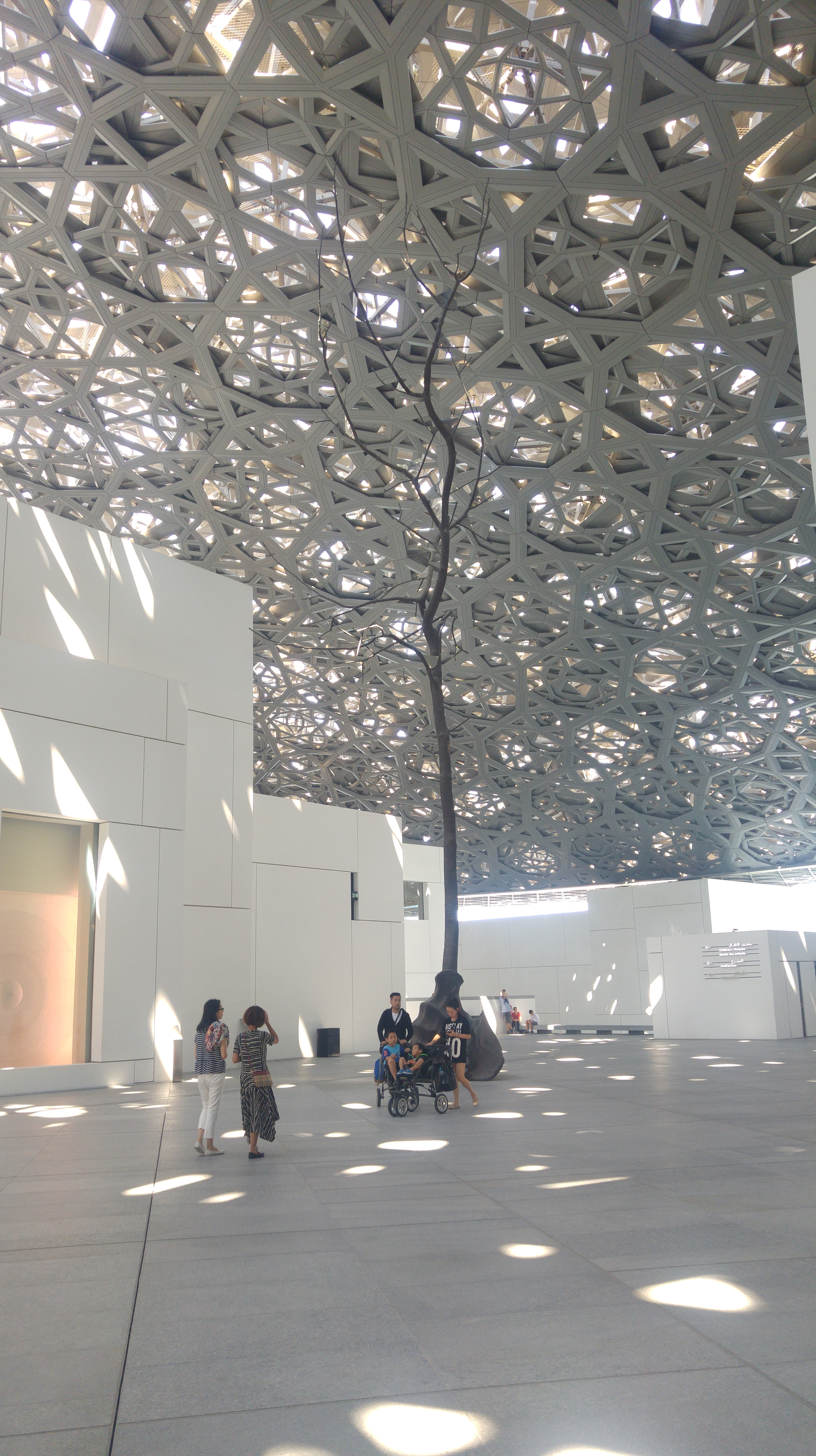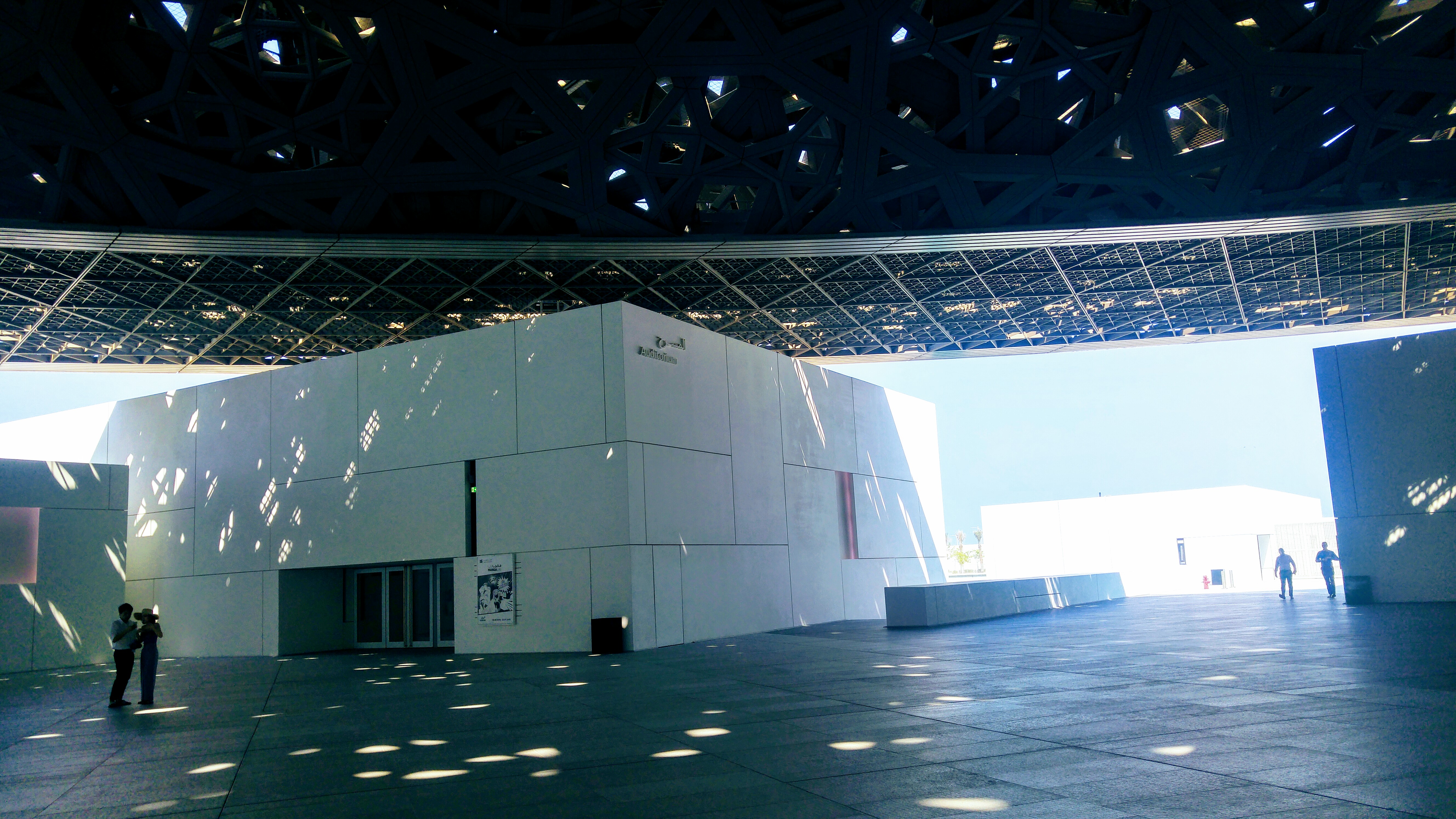The latest addition to Richmond’s surprisingly bustling art scene is BLACK ROOM recently established by sculptor Richard John Forbes who opened the door during the town’s annual book festival in the last week of October. DIANE DE BEER speaks to the artist:
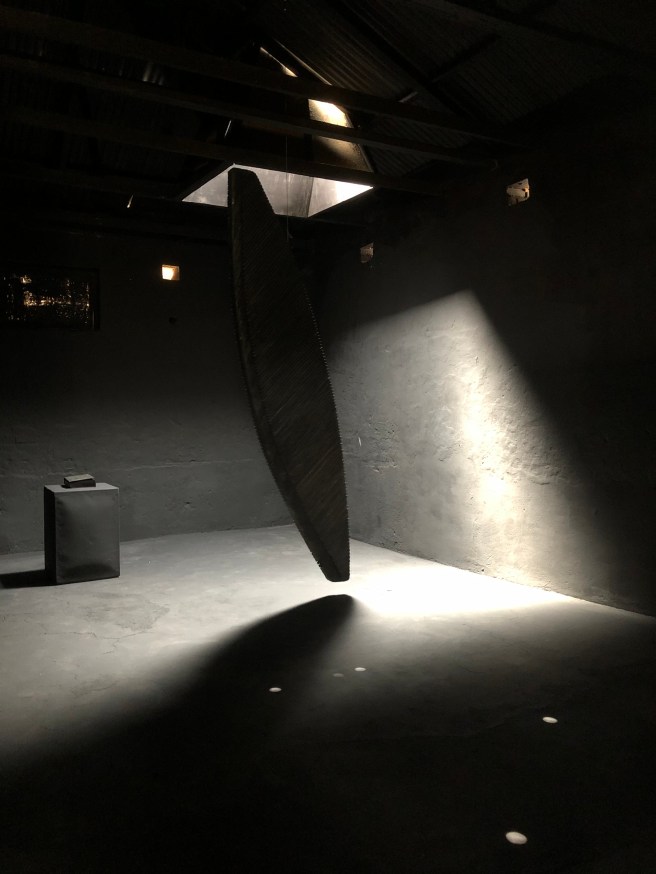
What you find in Black Room, is a collection of his work of the last 15 years.
It’s all still a project in flux and one that flourished due to synchronicity, believes the artist. When standing quietly and motionless just after entering the Black Room, what you discover is that this is a place where the artist, his work and the space found one another, and the winner is the viewer.
It all happened when Richard was in transit between Joburg and George where he was moving – and lives now – and the work was waiting to be moved from the north to the south. By the grace of how these things happen, Harrie Siertsema of Modern Art Projects South Africa (MAPSA) had a space looking for transformation, loved the work and Forbes’ ethos, and voila!
While Richard, always the philosophical one, doesn’t believe in luck but rather coincidence, he knows that what has been happening these past few months with his work – and the future to come – is meant to be.
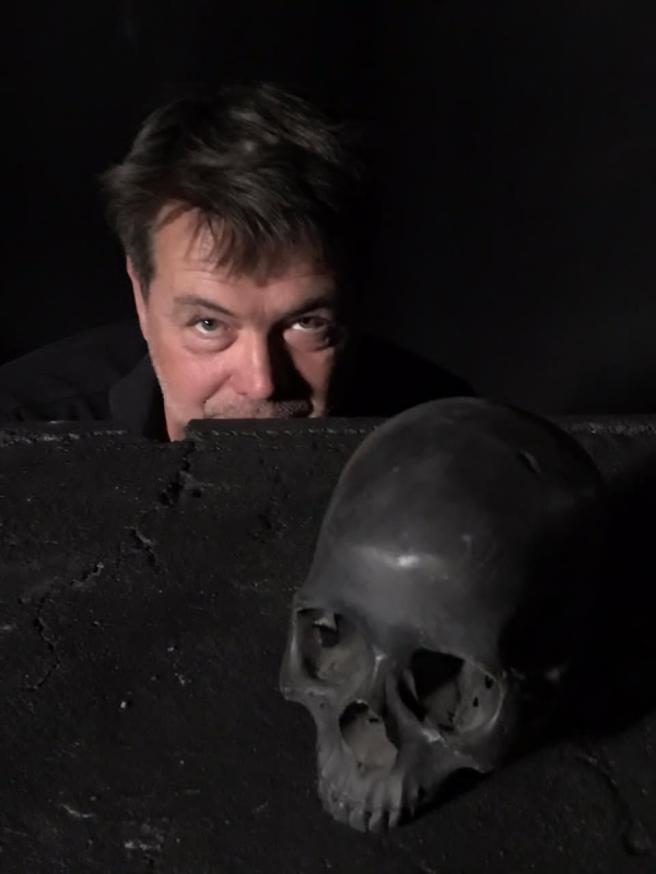
He works predominantly with large sculptures, quite a limiting niche to occupy, because it is art that is bought mainly by serious collectors and institutions. Synchronicity plays an especially large role because of the way he works and produces, and when you walk into Black Room it makes sense with it all coming together.
He feels there’s a kind of providence about this specific exhibition and space, with Richmond on one of the main tributaries in the country (N1). It is meant to be seen and it seems the stars have aligned.
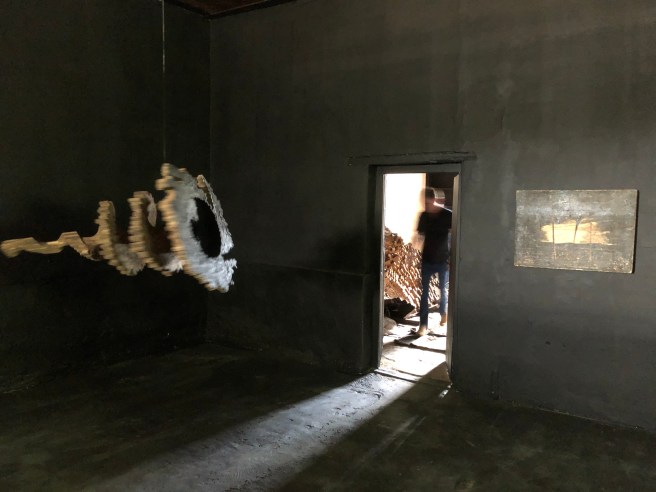
As an artist, he has often been told that his work is unpredictable. To my mind, with Richard being an artist, that’s a compliment. But, as with most things in life, people want you to keep producing the thing that perhaps made the biggest impact. That’s just not who he is. From start to finish he is about change and movement. Even the individual pieces move.
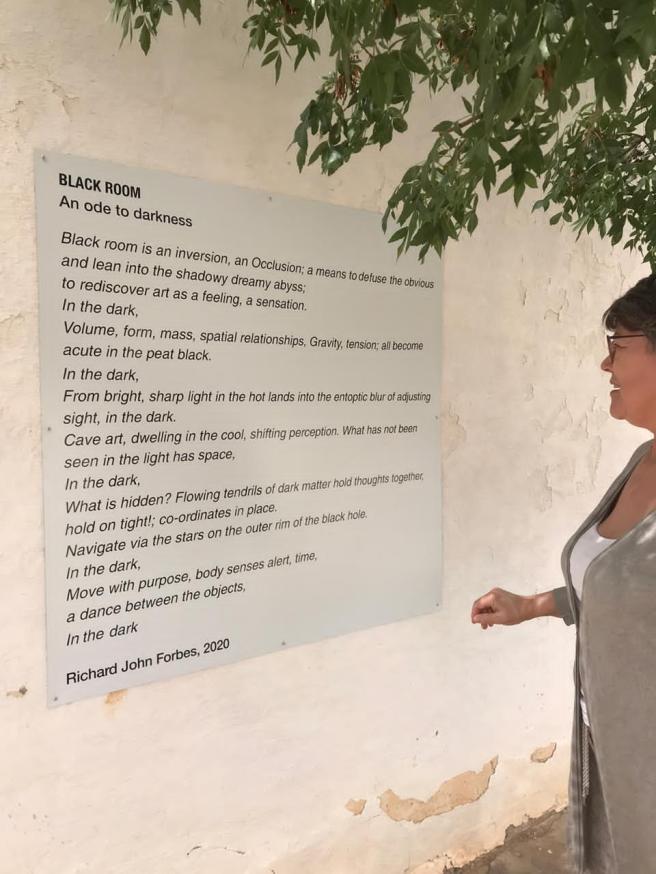
He has also changed mediums. He started out as a painter, one who loved colour. Since he turned to sculpting, he prefers to stay with the colour (or lack thereof) of the material he is working with.
The word that has been used to describe what he does is ‘erratic’ and yet, there’s no sign of that in Black Room, which has brought many of his big pieces together enabling a conversation. “When I put them all together, there was a flow with the different pieces communicating with one another,” he says. “It was so exciting and I really hope that many people get to experience this.”

Codex inclusion – a volume of shadows – black pigment, Spanish plaster, latex 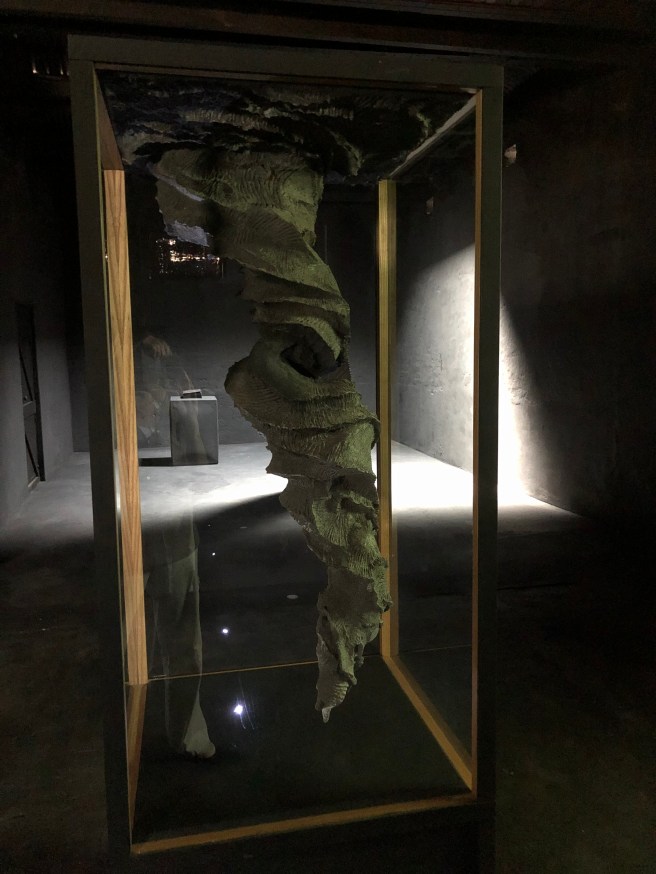
Tornado, a restrained tornado
And if I could do anything to help and encourage, this is it. Being in Black Room with the artist is a privilege. While these creative individuals are often reluctant to speak too much about their work, Forbes explains that his partner, Kate has encouraged exactly that. She believes that it can only enhance the work if the artist shares something about the process.
“I always felt that I had spoken my words in art, but she has taught me that I need to express myself,” he explains and in the process perhaps accessing the work more easily for the viewer.
As such, because he is seldomly around, he has introduced quite a few aids to help viewers to engage with his work. One of these was to invite a 10-year-old niece (living in the UK) to read his poem that’s a kind of introduction to the exhibition and now can be listened to instead of just being read. And there’s more, which should allow passers-by to access the art easily.
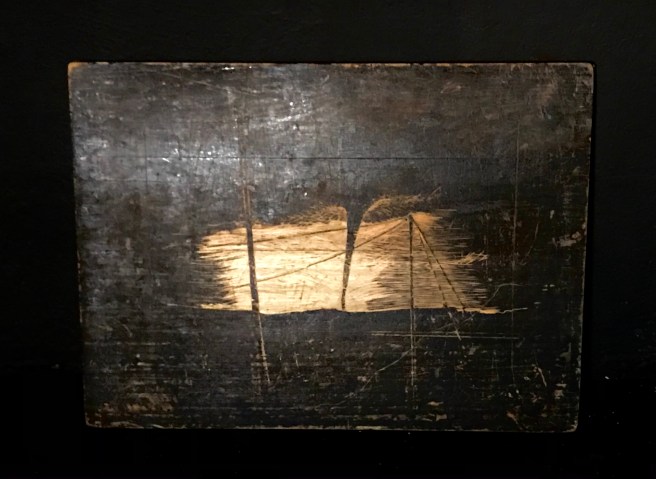
With this work all gathered together, he introduces different themes and layers. As the viewer standing in this dark room with light intruding as much as you wish, there seems to be a kind of silence before the storm – something which permeates the work, one piece even representing a tornado with everything else seeming to flow from that. “I feel there’s a bit of a storm in the room and it is important for me to have governance over that storm,” he says.
He adds that there are things in the universe that leave us in awe or that scare us and hopefully some of what you experience in the room filled with Forbes’ art is a pathway to navigate some of those feelings.
“People who have visited this work told me that at first they felt fear or confusion, a feeling of lostness,” he says, but he doesn’t want to elaborate more because it is something that people need to experience individually. And as is often the case, it’s all about who you are and what you discover that determines the experience. “The artist is a filter for the world and what filters out is his experience.”
Personally I felt an immediate emotional connection to the space – quite turbulent. But then everything went very still …
What we then do with what we see and understand will be different for everyone. And that is what Richard enjoys, seeing how people experience his work and the effect it has on them. Just being in his presence, his excitement about the work is extraordinary. It’s what creatives do. They make something, put their feelings on display and allow you to do with it what you will.
Another unexpected bonus of Richard’s Richmond experiment is not working in isolation. Being an artist in a studio can be a lonely occupation but once you start collaborating with others, it becomes a community. This is exactly what he found while working on the installation in Black Room.
Once he started talking to Harrie and they discovered similar obsessions with the tone (or lack thereof) of black, his journey took on new twists and turns – hence Black Room. Apart from the sculptures, it’s also black that keeps evolving and that keeps Richard engaged and playing. “Black became more and more significant in my work,” he says as he experiments with all kinds of ways to create a specific tone, a different dramatic effect. It is his curiosity about materiality that drives this particular experimentation, like when he works in paper pulp or burns charcoal, all of which imbues his work with energy.
With this current exhibition, Richard’s dream, which was sent into the universe, has come true. “All I want is a curator that allows me to be the expansive person I’m meant to be,” he says.
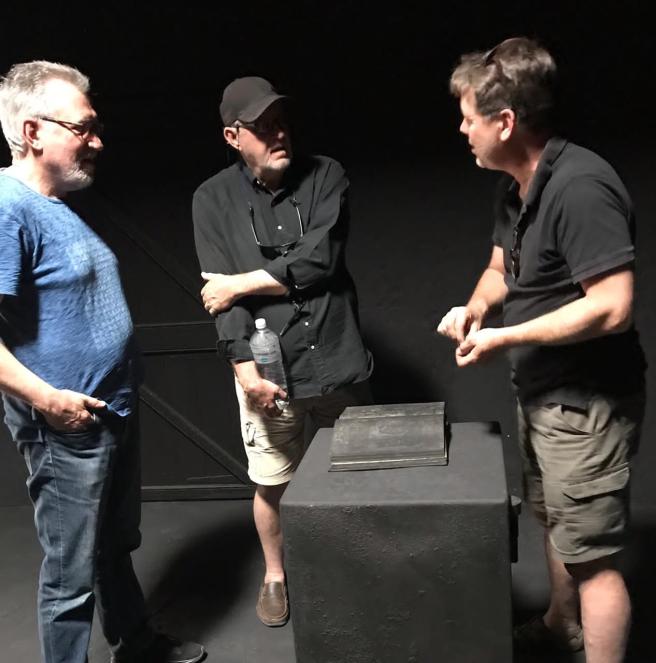
And in stepped Harrie Siertsema … and his team including curator Abrie Fourie, executive manager Morné Ramsay and the list goes on.
And we, the viewers, benefit from an experience that’s all heart.
For stayover bookings at Richmond: contact Hazel Mbuyane on 073 386 8509 (but be aware that they often have residencies or other activities which prevent stay-overs)
The gallery has a number for George Williams on the outside which can be contacted for info or a walk-along: 073 436 4413
For bookings at the hotel in Graskop: 013 7671244
Phone Harries’s Pancakes manager Lindy Kruger, for gallery viewings or accommodation in Harrie’s Cottage: 078 111 9060 .
For good food when passing through:
Vetmuis: Magriet Burger on 082 380 1196 or
Die Padstal: Klaradyn Grobler 079 755 8285.
